|
It's been an awesome summer in Hood River - busy at KickStand Coffee & Kitchen, lots of friend time, plenty of pedaling, and a whole lot of irrigation projects at the house. It came down to crunch time, but we finally checked the box on the back acre, installing irrigation and finally seeding grass - YES! We had a successful final harvest at Stellegacy Farms and felt like we could finally breathe. As we slid into the later half of the summer, towards Labor Day, town slowed down and Nick and I were able to get away for a month for some solid riding in BC, our neighbor to the North. We loaded up our camper, and tossed in all the necessary bikes: EVIL Wreckonings and my E-bike. While we typically bring motos with us, we decided the e-bikes would be our complementary vehicle of choice for this trip.... We started the trip off in Bellingham, WA meeting up with our French Canadian friends, Mike and Noemie for a quick lap on Chuckanuts, and a visit to EVIL HQ to pick up Nick's new Epocalypse E-bike! We rallied later that evening to our home away from home, Whistler, BC. Whistler is like Disneyland for cyclists - everything from massive jump lines to steep tech slabs, and everything in between. Progression is endless, particularly at the park, as builds are consistent, and you can generally trust that features are to be hit at trail speed. We'd visited a few weeks earlier in the year, and were eager to get back, and put a pretty bow on some lines - Dirt Merchant Pro Line and D1 to name a few. Not to mention, finding those secret loamers in the valley our friends pointed us to - thank you! Our friends Konrad P, Jared Spiller & John Kutcher even made an appearance for a few days - can't get much better than that! Having ridden the bike park for a week, we decided it was time to switch it up and head south to Squamish, the land of tech slabs, for some pedaling and coaching with Yoann Barellli & Nate Spitz, because why not?
Stay tuned for the best day and a half of coaching EVER, and don't forget to take your Red + Greens, one of my everyday go-to's, especially when we are on the road. Red and Greens help me ensure I get all my micronutrients since we generally eat out more, and I don't get as many leafy greens or tropical fruits as I do when at home. They also aide in maintaining a strong immune and cardiovascular system. More soon! Kim Hardin
0 Comments
Fall is here, which means we've officially had our final harvest at Stellegacy Farms - over 700# apples, and 400# pears, all organically produced.
Every apple tree was absolutely FULL of apples, in comparison to only two last year. Our pear harvest was unfortunately meager - only two of nine trees produced - however, it was still promising, as the year before we had zero pears. It goes to show what we are doing is working, and slowly bringing the orchard back to life! As I reflect upon the season, here's some of my notes for next year...
In total, 2023 Stellegacy Farms yield: 6# Bing Cherries 80# Plums 60# Prunes 700# Honeycrisp Apples 400# Bartlett Pears 60# Peaches 100# White Nectarines 200# and counting Black Krim Heirloom Tomatoes Not bad for our second year - may 2024 be even more successful as we work to further improve orchard health. While time consuming, we hand spray, thin, prune and harvest - leading to what we believe is a better product, as we Kim Hardin Our Gorge Guide is finally here!
We love it and think you will too - there’s lots to explore in the gorge, so we made a guide to keep handy so your bucket list of adventures so your bucket list gets checked. If you need some local help getting pointed in there gift direction or a frosty beverage to quench your thirst, you always know where to find us at basecamp. Grab your copy from KickStand or download a pdf HERE XOXO, Kim and Nick Hardin Concussions S.U.C.K. They are different for everyone, but deserve the utmost respect, because if you ring your bell hard enough, and don't give your body time to recover and repair, you can be left with symptoms for life. The last run of our last day on our first Whistler trip of the year, we dropped into one of my most favorite, fun, low stress jump lines that we'd hit plenty already that week. It was raining, I was tired, and not really very focused that day, but said, "Hey, we hit this so much, I could do this with my eyes closed - let's hit it". Lack of focus turned into me tapping my brakes, in combination with hitting a gust of wind, and I knuckled a gap jump. Not even that bad of a crash, but apparently rung my bell just right... I hit my head real hard. Hard enough to get knocked out for a quick moment, and have the room spinning for days, not to mention a massive headache, inability to focus, lack of real short term memory, and pain anytime I looked at a phone or computer screen. I was forever exhausted, even doing the littlest of things - unloading groceries from the car. Over the next few week, I went to go into protection mode to give my body the best opportunity to recover as quickly as possible, because honestly, I just felt too shitty to do anything else. 1. Avoid screen time as much as much as possible: as feeling better, work up to short intervals of screen time followed by larger rest intervals. 2. Avoid any sort of "pounding" activity - running, jumping, etc... Some light exercise can help improve recovery by increasing blood flow, however, too much can quickly turn things the other direction. I chose dog walks, light stretching... 3. Eat an Anti-inflammatory Diet: Limit your sugar & gluten intake. Avoid all alcohol - think about reducing inflammation to promote healing. Otherwise, eat from the rainbow to ensure you get you micro & macronutrients! Feed your brain! Can't get what you need? Order up some 1st Phorm Greens & Reds and make life easy. 4. Supplements: Multivitamin + Protein + Creatine: Multivitamin's to ensure you're getting your vitamins. Protein + Creatine to fuel your body. According to the Nutrients Journal (2021), Creatine Supplementation & Brain Health, "There is a potential for creatine supplementation to improve cognitive processing, especially in conditions characterized by brain creatine deficits, which could be induced by acute stressors." 5. Reduce and/or eliminate outside stress - that may be physical or emotional. Think of yourself in a very fragile state - avoid loud noises, bright lights, TV, etc...take it easy and give your body REST in all realms! With a whole lot of rest, every day my symptoms improved - It took about 2 weeks to be able to look at my phone or computer screen without getting headaches or overly fatigued. I was off the bike for a couple weeks, and did my best to simply rest. If you hit your heat AT ALL, let alone hard, I can't stress enough listening to your body, taking it easy and giving yourself time to recover. Even if you don't have symptoms, your brain is fragile and worth giving rest. You only have one, and the trails will always be there! More soon, Kim There's something extra special about growing your own food - While we've always had some sort of vegetable garden, however, fruit is a brand new adventure! Our first introduction to large quantities of fruit was this year's organic peach harvest at Stellegacy Farms - while we only have two trees, there was more fruit than we knew what to do with! Most of our friends have gotten a goody bag, however, we're still left with more than enough to have to get creative....Our latest challenge - How many different ways can you use peaches? Follow along! Pro Tip: To quickly pit peaches, slice along the crease at the top & twist apart. Pop the pit out and voila! 1. One-Bowl Peach Bread: Zest from 2 lemons 1/2 cup full-fat Greek Yogurt 1 cup sugar 1/2 cup olive oil 1 tsp vanilla extract 2 large eggs 2 Tbsp Fresh squeezed lemon juice 2 tsp baking powder 1/2 tsp salt 1 1/2 cups fresh peaches, diced Turbinado sugar for sprinkling on top Preheat oven to 350F, and grease a 8 1/2 x 4 1/2 pan. Combine the above ingredients, wet first, then slowly adding dry ingredients. Transfer from bowl to pan, and top with turbinado sugar. Cook for 60-70 minutes, rotating half way. Let cool to room temperature before serving. Best served with a scoop of vanilla ice cream! 2. Smoked Peaches & Pork Shoulder: It's Traeger Season! Toss on a pork shoulder - we generally cook ours at 200F for 6-7 hours. When you pull the pork, toss on whole peaches on the top rack for 6-8 minutes. Cut up and toss with pork shoulder for a delicious dinner! 3. Peach Margarita: Enough said, and a fun spin on on classic at KickStand Coffee & Kitchen! 1.5 oz blanco tequila 1 oz peach puree .75 oz lime juice .5oz gran gala Rim a rocks glass with lime salt. Add all ingredients to a shaker with ice - shake vigorously. Double strain into a glass of your choice + ice. 4. Peach-Tomato Burrata Salad: Grab 1 heirloom tomato, 1 medium sized peach (no pit) - cut them up into medium sized chunks. Toss with 2 tsp sherry or balsamic vinegar, add a pinch of salt and pepper. Just prior to serving, add about 5-6 basil leaves, torn into small pieces - next level, delicious! 5. Peach Protein shake: Take 2 pitted peaches & blend them up, skin included! Add a scoop of your favorite protein powder and voila! My favorite combo is 1st Phorm Phormula 1 Vanilla + Peaches + 1 tsp cinnamon for that antioxidant boost! 6. Grilled Peaches & Ice Cream Basic AF, but soooooo delicious! 7. Peach-Habanero Jam
5 peaches, skin on, cut into quarters, pitted 3 habaneros, cut in half, seeded 2 Tbsp lemon juice 57 grams fruit pectin powder 5 cups granulated sugar Sterilize jars and lids/rings in hot water. Combine peaches and habaneros in blender and puree until smooth. Pour into a large pot, add lemon juice & fruit pectin. Stir well and bring to a boil over medium heat. Once boiling, stir constantly, boiling for another 5 minutes. Add the sugar, ands tire well to combine. Bring to a rolling boil over medium high heat. Once you have achieved the rolling boil, continues to cook for one minute. Remove from heat, fill your jars, leaving about 1/4" of space. Loosely cover the jars with lid + snap ring. Tighten 3/4 of the way. Fill another large pot with water, add jars of jam, and bring to a boil. Boil for 20 minutes, then carefully remove jars, being careful to keep them vertical. Allow them to rest on a flat surface for 24 hours - you will hear the popping sound of your jars being sealed. If any do not seal (you can press down on the top and they make a popping sound), store in the refrigerator to be used within a few weeks. Otherwise, sealed jars may be tightened fully and kept in dry storage at room temperature for up to a year. What's your favorite way to use fresh local peaches? Comment below - Taking suggestions! Xo, Kim Hardin Primary movers in cycling include your posterior chain: the hamstrings, glutes, posterior hip and low back muscles. These muscles are crucial to generating power, as well as controlling the hip and directing the pedal stroke (power to the cranks!). At times, these muscles may become inhibited via incorrect saddle position, lack of pelvic stabilization, or lack of hip mobility. A lack of hip mobility looks different on each person: hips rocking back and forth or side to side, incorrect knee tracking at the top of a pedal stroke (outwards, figure 8's, etc), and posterior rotation of the pelvis. Over time, these movement patterns can lead to discomfort and injury, in addition to a lack of power production and on-bike performance. Follow along on some of my favorite hip mobilizations to improve your overall hip health and on-bike performance! Warm-Ups: Wake up those hips with some simple band work... Bandwork: Clamshells Start in a sidelying hooklying position with shoulders, hips and ankles stacked over each other, respectively, and an exercise band just above your knees. Your shoulders should be in line with your hips, which should be in line with your ankles. Engage your core, exhale, and open at the knees only so far that your hips do not rock open. Hold this position for 30 seconds, then immediately perform 8 reps. Repeat for 3 sets each side. Pro Tip: If your hips start to rock open when you open at the knees, you have opened too far - for some, this may be a movement of inches! Bandwork: Sidelying Hip Extension Remain on your side, exercise band just above your knees, and extend your legs. Engage your core, breathe out, and raise your top leg upward - imagine pushing out through your heel. Hold for 30 seconds, then immediately perform 8 reps of side-lying hip extension. Roll onto your other side and repeat for 3 sets each side. Pro Tip: If your hips start to rock open when you lift your upward leg, you have opened too far. 90-90 Hip Switch: Start in a 90-90 position, sitting up as tall as possible with both hips and knees flexed to 90 degrees. Start with your torso facing towards your left (front) leg, and while keeping your torso tall, come up onto your toes slightly, and perform a simultaneous external rotation of your right hip and internal rotation of your left hip - you will end up with your right hip as your "front" leg. Engage your core, and sit up into the movement. Flow to each side 10 times and repeat for 3 sets. Hip Airplanes: Start in a forward lunge position, left leg forward, right heel off the ground, and arms at the back of your head. Hinge forward at the hips about halfway and while engaging your core, rotate to the left (towards your forward leg) then back to neutral. From neutral, engage your core and rotate to the right (away from your forward leg) opening up your hips. Return to your neutral and repeat 8 times on each side for 3 rounds. Pro Tip: The lower you are able to hold your torso, the harder this will be. However, be sure to hold your torso via engaging your core. Do NOT lay it on your forward leg. Functional Training: Single Leg Stand to Press While it sounds really simple, this exercise is really effective and a good way to get your neurons firing! Sit on a table, bench, or box, feet shoulder-width apart and about 8-12" from the box. Hold a barbell or dumbbell in both hands as though you were going to do a push-press, and lift your right foot off the ground. In one smooth, slow motion, engage your core, stand up on your left leg and press the weight overhead. Slowly lower yourself back to the box for one rep. While performing this movement, be sure to keep your hips level side to side, and square to the front. The slower you move, the more difficult it will be. Perform 10 reps each side, 3 rounds. Pro Tip: Start with a tall box. As it becomes easy, move to a shorter box, and add more weight. Tall Kneel to Functional Slamball: Start in a tall kneel holding a medicine ball of your choice. In one smooth movement, come to a low squat, knees at 90 degrees, then slam the medicine ball into the ground in front of you as hard a possible. Catch the ball mid-air and immediately step backwards into the tall kneel. Repeat for 10 ball slams, 3 rounds. Be sure you are alternating which legs as you step into and out of the low squat! Lateral Hip-Shift to Eccentric SL Squat: This one is HARD, but is one of my favorites that doubles both as a warm-up as well as a strengthening exercise! Start with your feet shoulder-width apart, then take a decent sized lateral lunge to the right. With arms forward for counterbalance, shift your weight over your right leg and lower down as far as you possibly can. Fully unweight your left leg, and swing your left leg to the front - imagine reaching out through your heel with a straight leg. From here, stand back up in an eccentric SL squat. Once standing, swing your left leg back to its original position and flow to the other side: Perform 5-8 reps each side, 3 rounds. Pro Tip: Only go down as far as you can hold the position - you do NOT want to be sitting on the floor in the "down" position! As you gain mobility, you will be able to go lower, while as you gain strength you will be able to better stand from said low position. Staggered Stance Weighted Deadlift Start holding a kettlebell or dumbbell in your right hand with your feet in a staggered stance, right leg forward. You should be up on your toes on your back leg with the majority of your weight over your standing leg. Engage your core and hinge forward at the hips as you let the kettlebell lower towards the ground. Lower down until you can no longer keep your hips square to the front or torso straight. Keeping your core engaged, breathe out and return to standing. Important: As you stand, be sure your abdominals are truly engaged as they provide a natural stopping point at the top of the movement, preventing you from overextending at your low back. Use your "accessory" foot for balance and support, as needed. Repeat 10x each leg, 3 rounds. Pro-tip: I recommend holding the kettlebell in the same hand as your standing leg - this lateral placement brings in your adductors. + Want an added challenge? Fully eliminate your support leg, and add weight - Be sure to keep a slight bend in your standing leg and avoid locking out your knee. Single Arm Rear Delt Row off Wall: Stand with shoulders and hips both level and square to the front. Shift your weight to your right leg, and place your left foot on the wall behind you, knee bent at 90 degrees - you may need to adjust your distance from the wall. While pressing back into the wall with your left foot, and into the ground with your right, engage your core and hinge forward at the hips slightly. From here, perform alternating single-arm rear delt. rows - Perform 6-8x each side, 3 rounds. The key here is to move slow and press through your feet! + Want a different kind of challenge? Mix it up with a Single Arm Row! These few exercises serve as a simple introduction to hip mobility and stability. Use them in your warmup, complete them together as a circuit, or in addition to your workout for a full-body challenge. There are thousands of hip mobility/stability exercises, and many many variations, however, it's important to start basic, and progress as you gain strength and stability. What's most important is to be consistent with your workouts - you'll notice as you do so, your aches and pains will be less and with greater hip mobility, your power production should improve as well. Post-workout, be sure to fuel your body and recover properly!
Within 30 minutes of completion, I drink a Whey Protein Isolate Shake + Creatine for further recovery benefits. Protein wise, there are many different kinds on the market - whey concentrate, isolate, casein, & blends. Isolate is most ideal post-workout as it is easily digest & rapidly assimilated - further promoting amino acid retention, as well as improved rate of repair & muscle growth. I highly recommend 1st Phorm's Formula 1 Protein Powder - my favorite flavor is Strawberry. It tastes just like a strawberry shake! The protein Isolate is top notch: "Low-Temperature Processed Cross-Flow Micro-Filtrated" meaning it's a very bioavailable, rapid assimilating protein source that is ideal for proper pre & post-workout supplementation. Give it a go, and in tangent with regular, consistent workouts, see the results for yourself! See you on the trail, Kim Hardin A few quick updates as somehow it's already mid July, and the days are ticking by!
After 4 years away, we finally made it back to Whistler! A whirlwind trip found us catching up with a bunch of friends at Crankworx, riding some old favorites, and discovering new trails. We even got some rain which lent to perfect trails, meaning too much shred, and not enough photos - ha.
Enjoy our little video... Kim and Nick Between operating KickStand and our mega irrigation project, there's not a while lot of extra time - I find myself forever balancing work, projects and play, as go from KickStand to irrigation work to riding bikes until dusk to finally making dinner and falling asleep to the Tour de France bed by 9:30pm. Don't even ask me about hobbies... someday I'll take up metal-smithing or something cool. For now, I fall asleep before reading half a page in a book. Amidst the craziness, and tight scheduling, I have found a few moments of glory/success using the following recipe: 1. Wake up early, go to bed early! Take advantage of the quiet early morning hours to get a workout in or get those nagging to-do's done and off the list. For me, spraying the orchard in the early morning hours means I can pedal my bike after work. 2. Set time limits (We’re going riding at 1pm!) - It's easy to get engulfed in work, especially when you're excited or passionate about it. However, remember to take care of yourself and schedule time to exercise and do you. 3. Plan for success - Try to layout your week and schedule tightly so you can maximize your free time! Big fan of Evernote, Google Reminders and of course Google Calendar. Don't forget, if you have to, schedule in you time - that could be a bike ride, yoga or straight up free time. 4. Fuel your body - I can't say this enough. If you don't have gas in your car, you can't go anywhere. Same with your body! Eat from the rainbow to get the proper macro/micronutrients your body needs, and be sure to eat plenty of protein. Don't have time to think about it? Consider a protein shake as a "meal replacement" or a greens/reds powder. It may feel like cheating, but at the end of the day, you're better able to meet your daily requirements, feel better and be ready for the next day. My life-saving hack is 1st Phorm Opti Health Stack, featuring Green & Red Powders - I make a shake before breakfast using the powders, and know my body is getting what it needs to perform whether I am able to eat properly that day or not. Greens = immune boosting, better gut flora and improved digestion, while Reds = antioxidants + improved blood flow. It's like taking a multivitamin for micronutrients...you know your giving your body what it needs. 5. Meal Prep - Once a week we smoke all our proteins on a Traeger so "the hard part" is done for the week - this ensures we eat a healthy meal vs reach for those potato chips because we're too tired to cook. All you need to do is reheat your protein, cook some veggies and add in some complex carbs. Got a pro tip? Share your tips & tricks to maintaining life balance amidst all your projects! Kim Hardin Over a year ago, Nick and I moved onto some acreage near Hood River, Oregon and started Stellegacy Farms. If you know us, you know we love a good project (or four), and the acreage gave us the opportunity to dabble in far too many at one time, while giving us the space to build our own trails, let our Australian Shepherd children run, as well as us grow our own food, mainly apples. Long term, we hope to put in a large scale apple orchard, and make our own cider for our restaurant, KickStand Coffee & Kitchen. But let's be realistic - Nick and I have grown vegetables, but never managed an orchard, let alone grown apples or pears - this was going to be either a brilliant success story or complete failure. Lucky for us, a small orchard on the property of about 30 trees (Apple, pear, nectarine, plum, peach and cherry) gave us the opportunity to learn as much as possible about pruning, insects, thinning, sprays, harvesting + so much more prior to putting in the big orchard. The first year was an utter failure as we inherited this orchard from the previous owner being somewhat neglected - never pruned, never sprayed, producing no pears, no peaches, no cherries, no plums and only apples on 2 of 10 trees. No idea why. Over the winter, we asked all the stupid questions, googled everything orchard that existed, did everything we could to have a better year, and so far, "knock on wood", the trees have fruit and look pretty darn good! While it's not riding bikes, nothing gives us greater satisfaction than eating an apple straight off the tree at our home. There's plenty more to learn, but for now, things are looking up! |
AuthorsProfessional Athletes. Archives
August 2023
Categories |
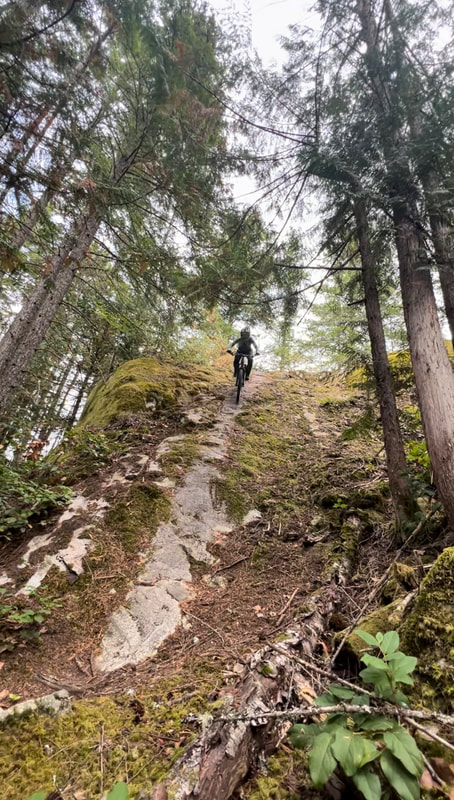
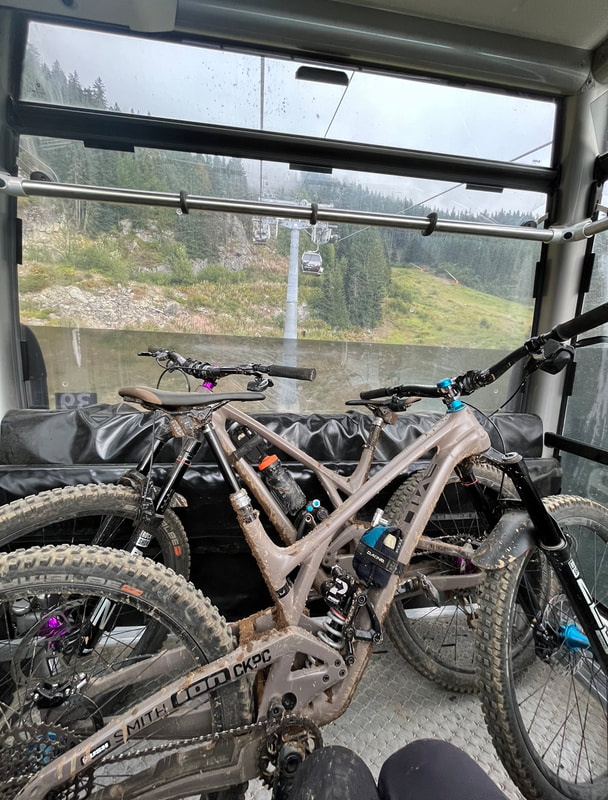
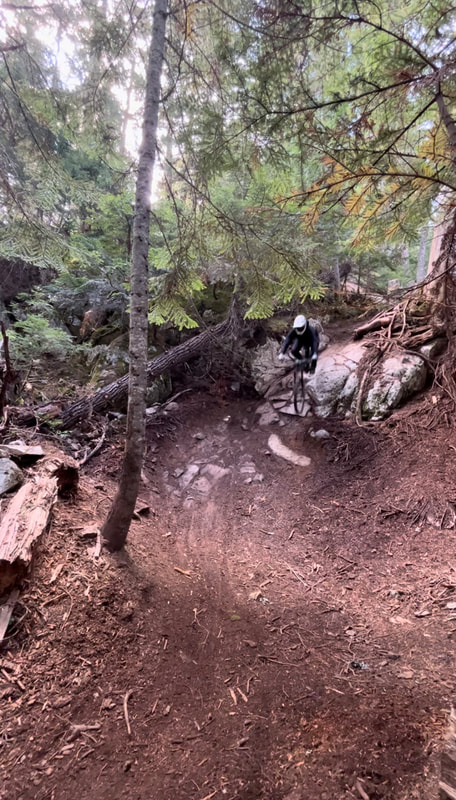
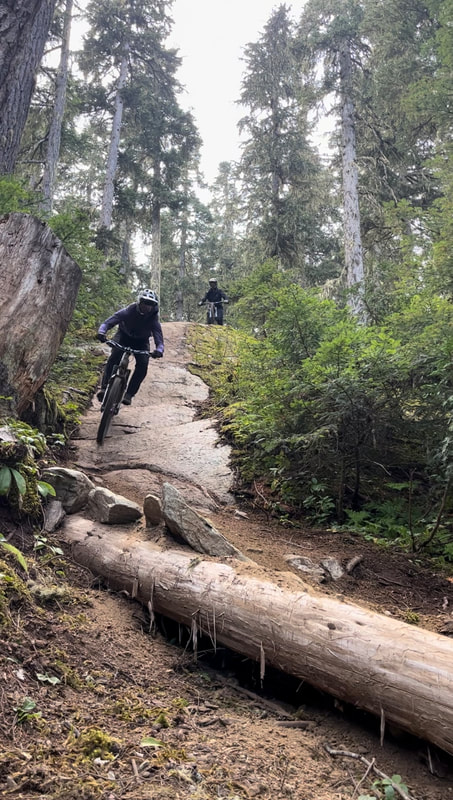
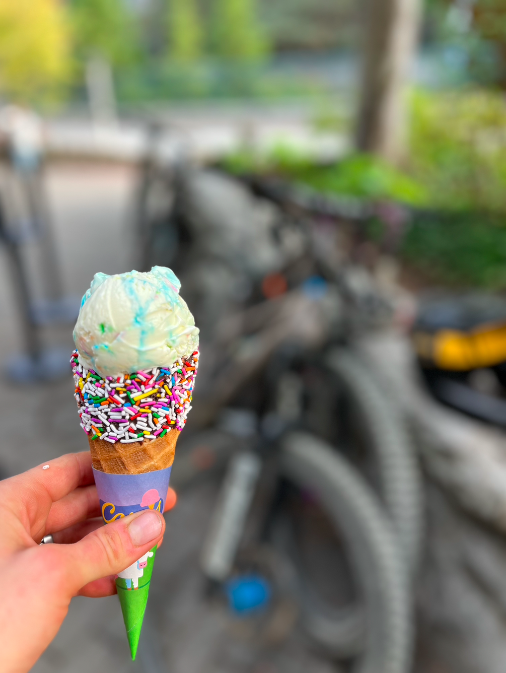
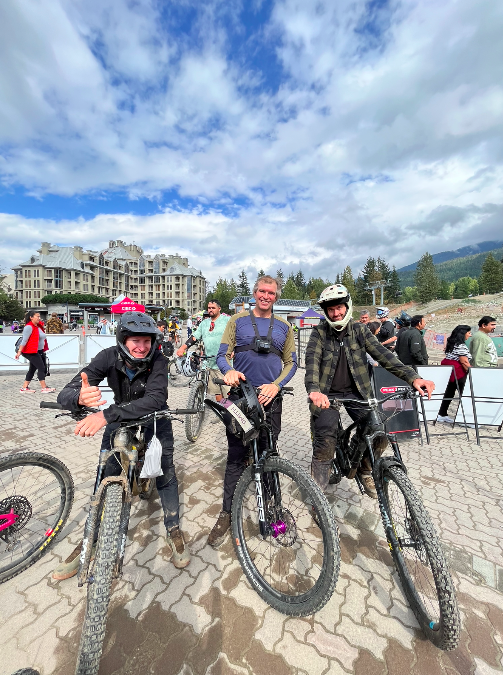
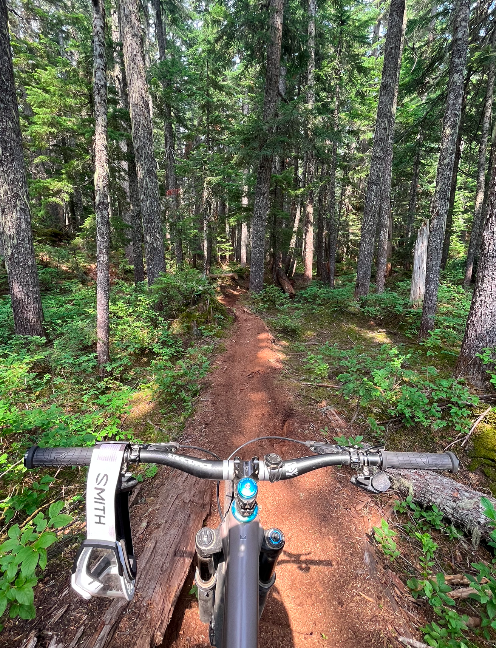
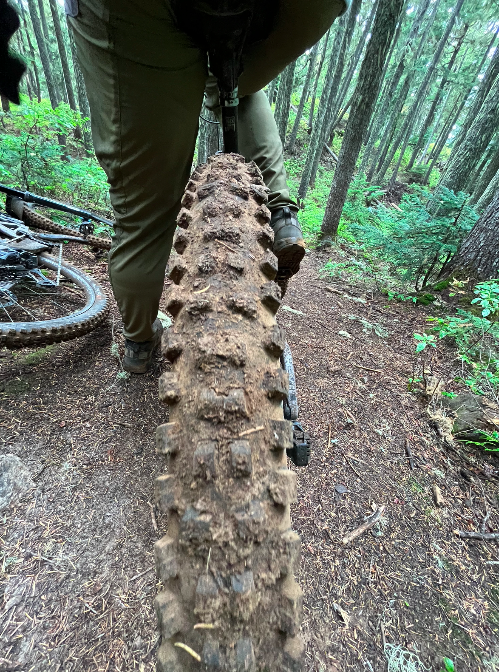
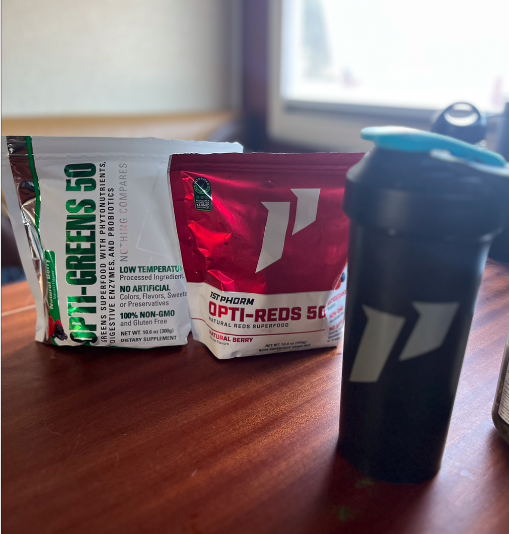
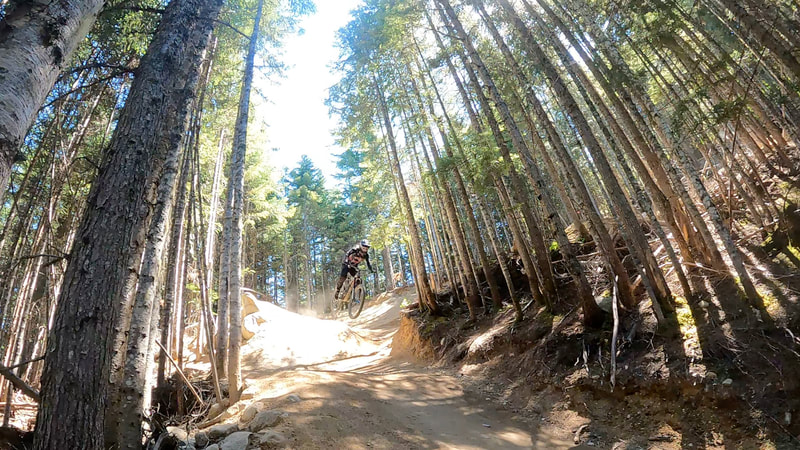
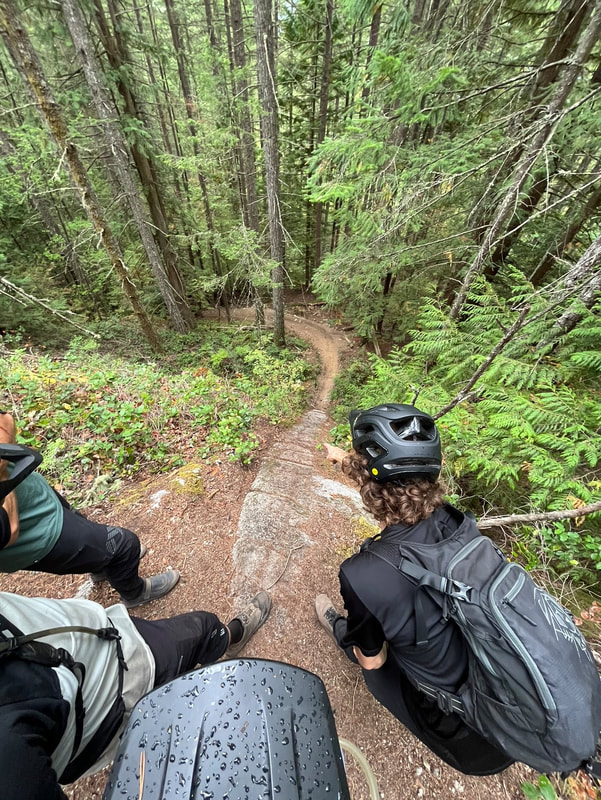

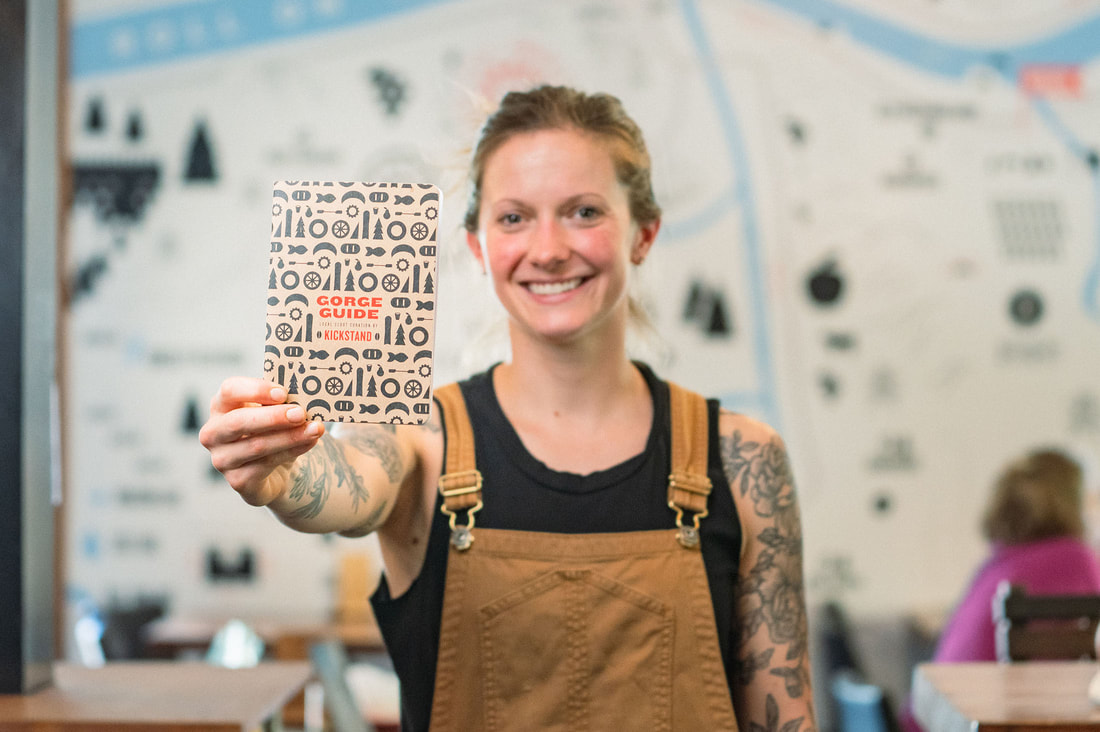
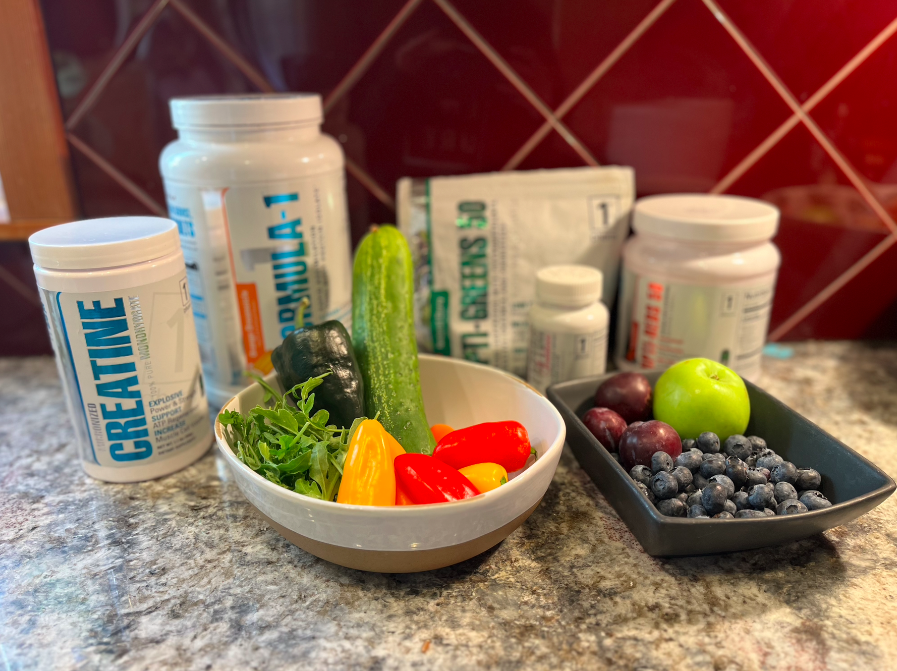
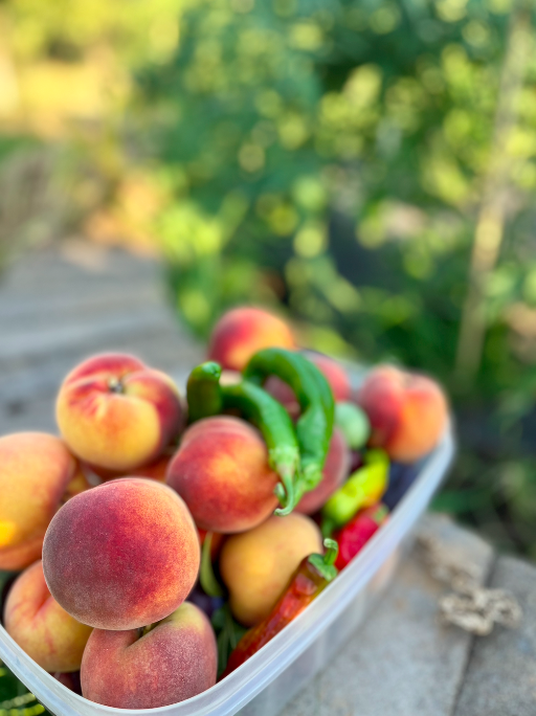
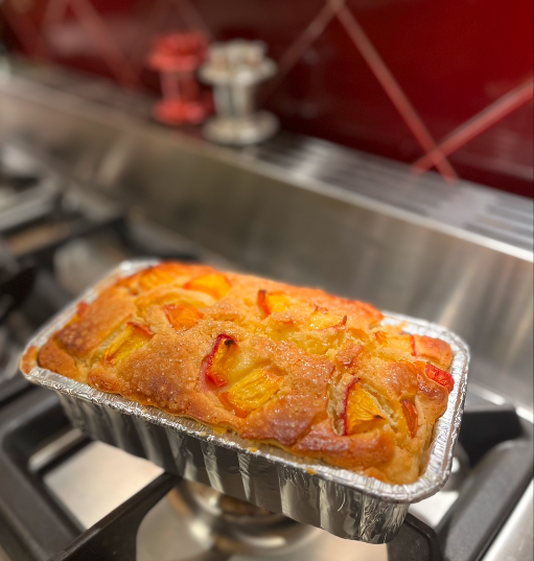
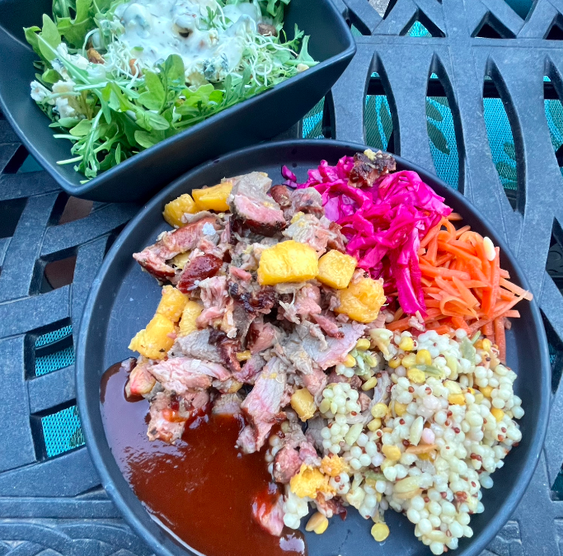
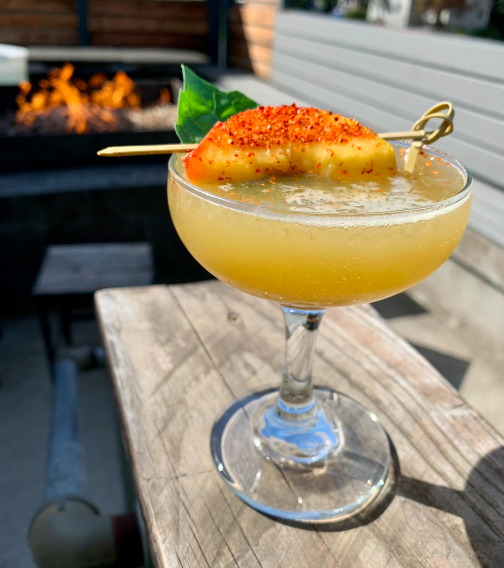
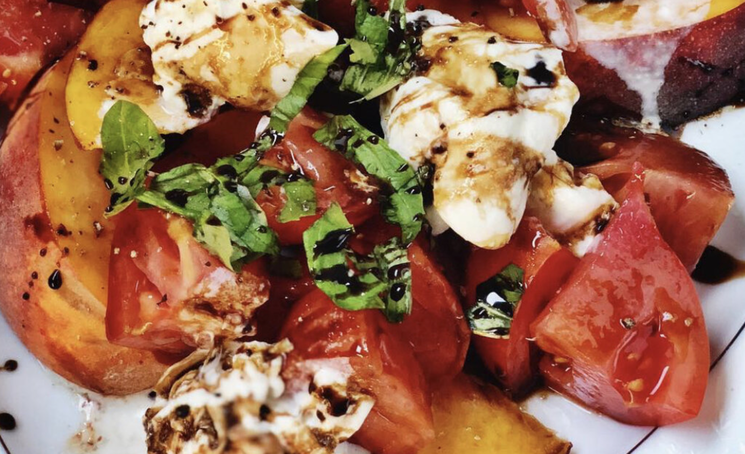
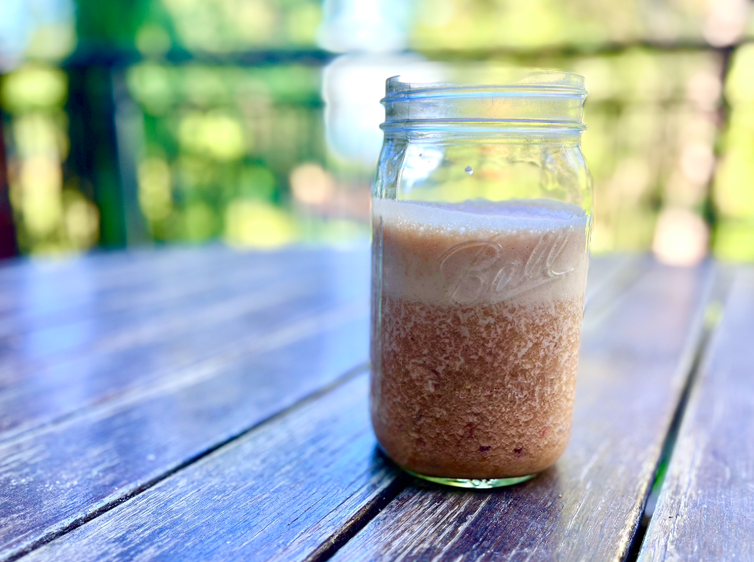
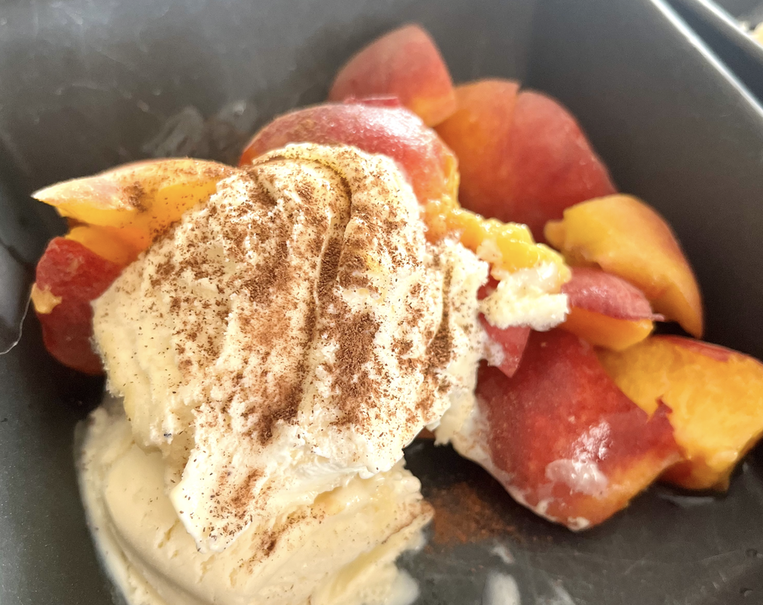

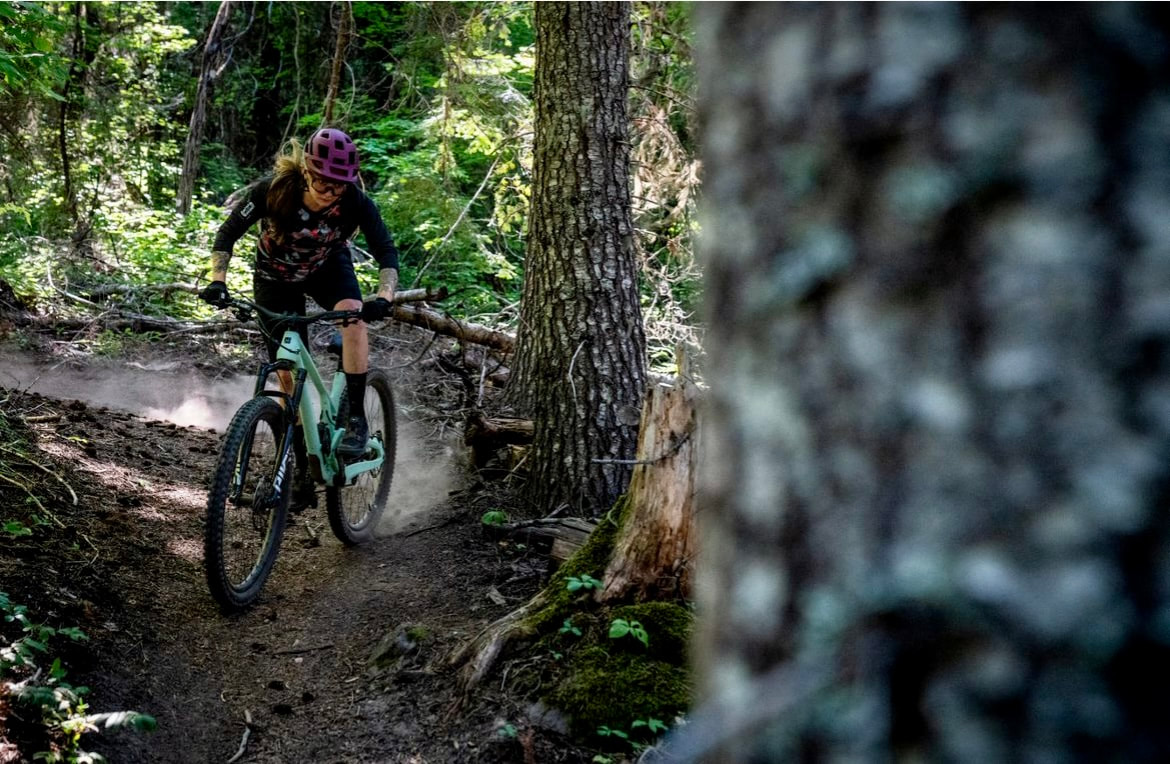
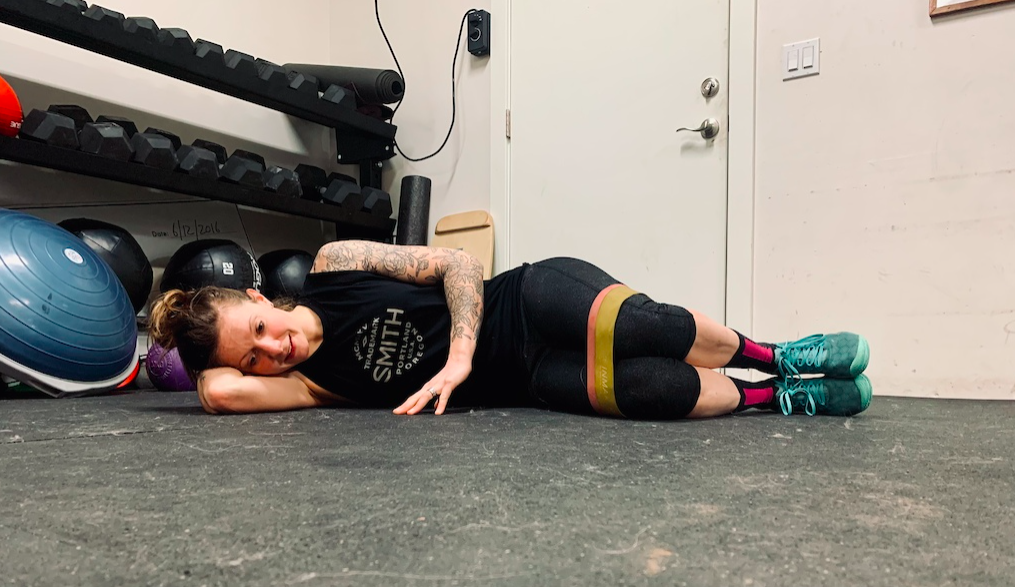
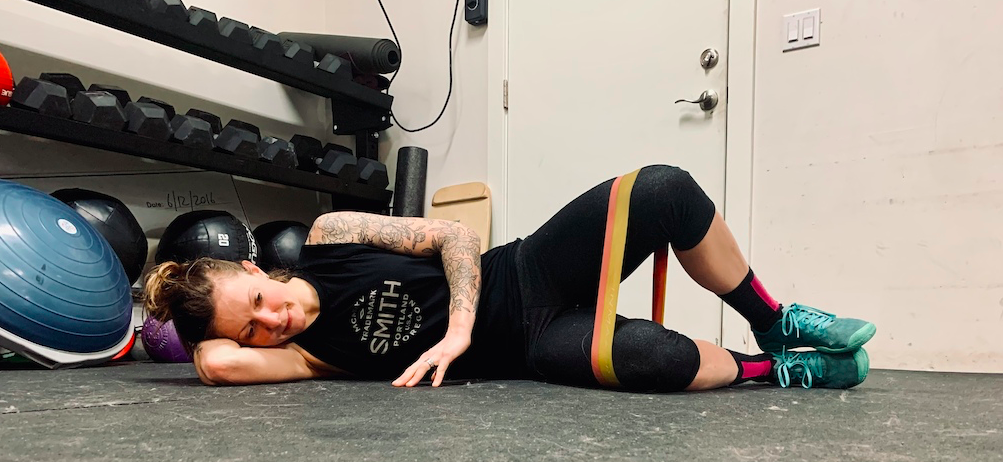
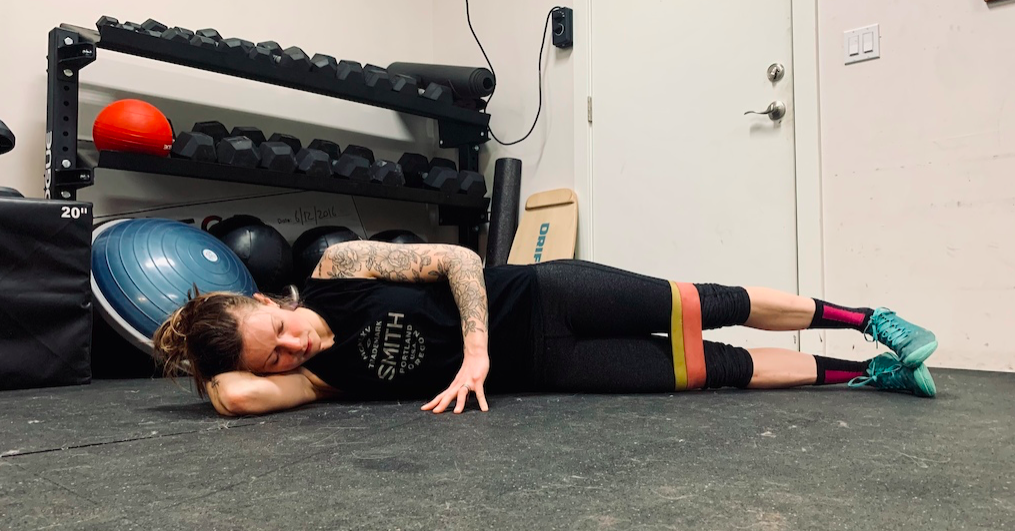
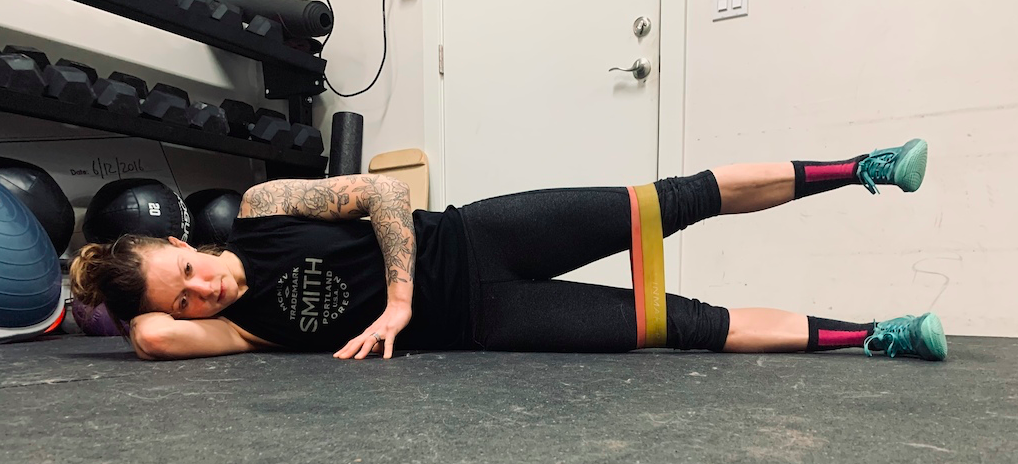
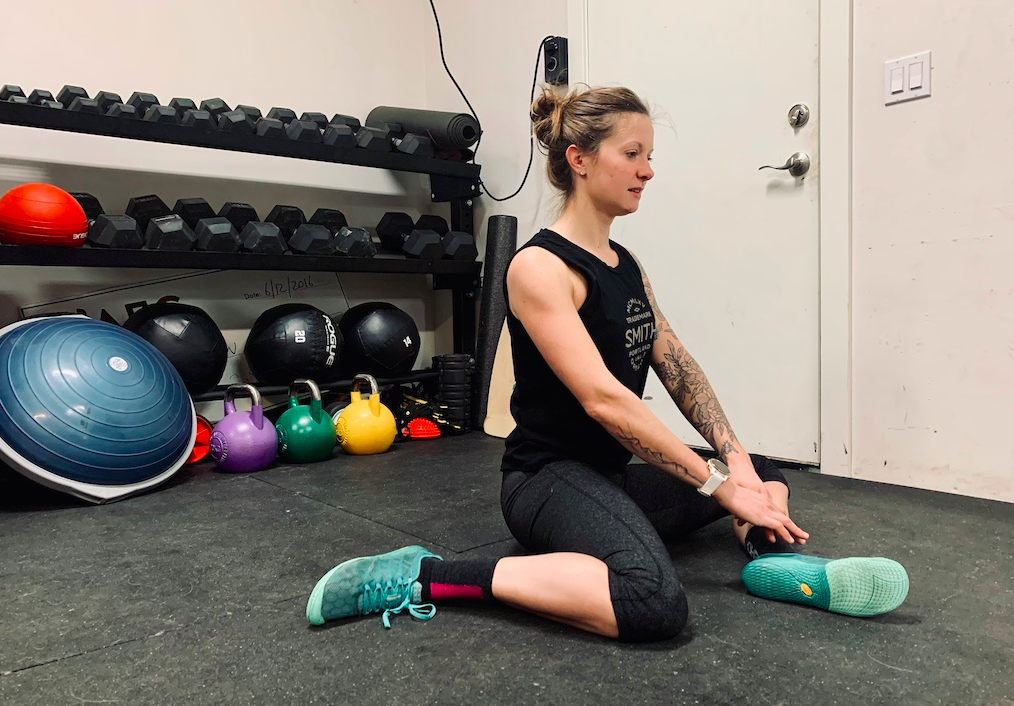
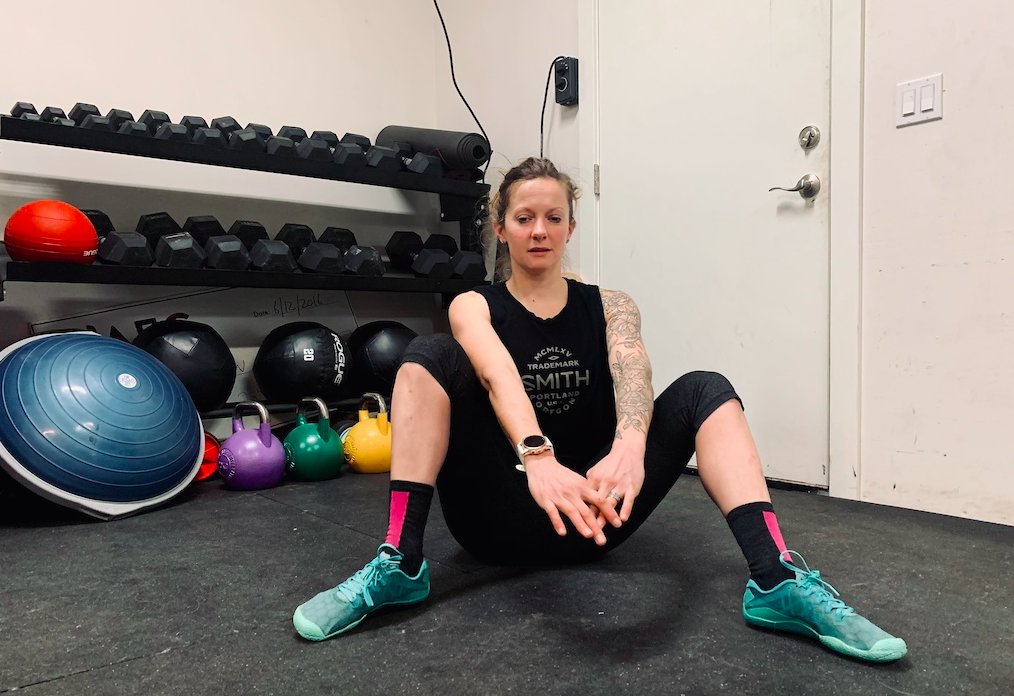
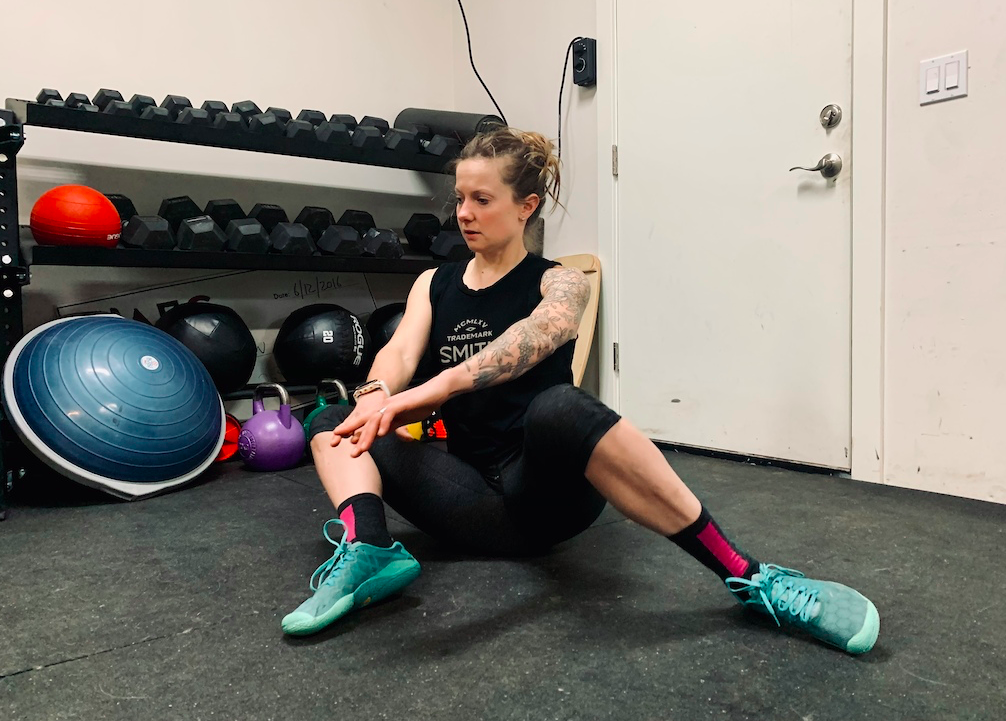
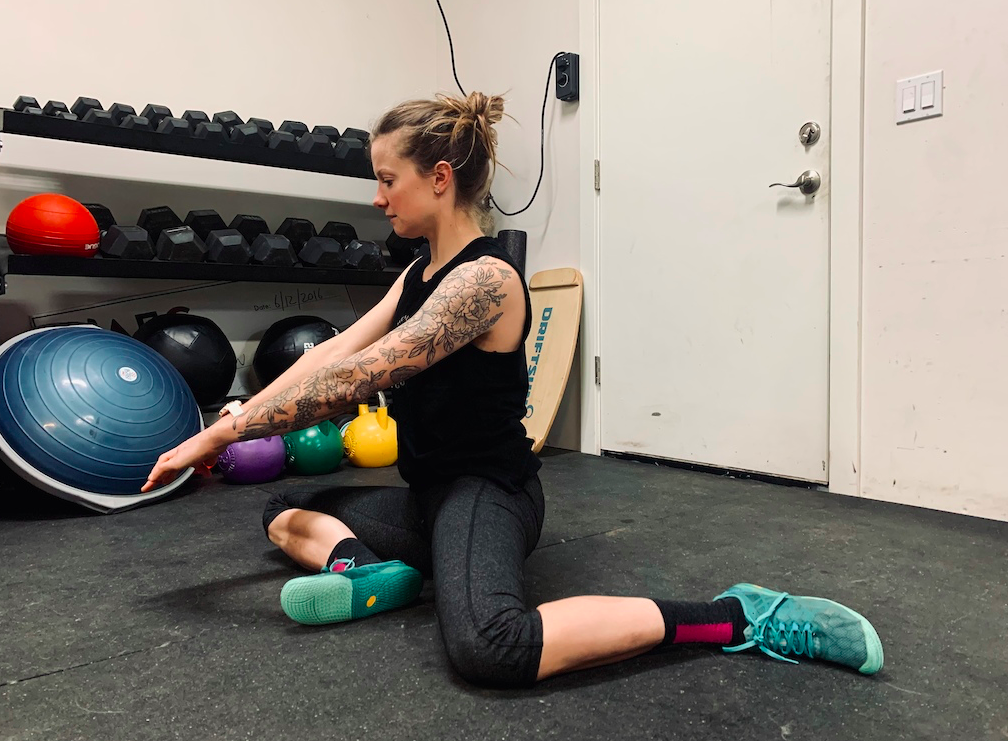
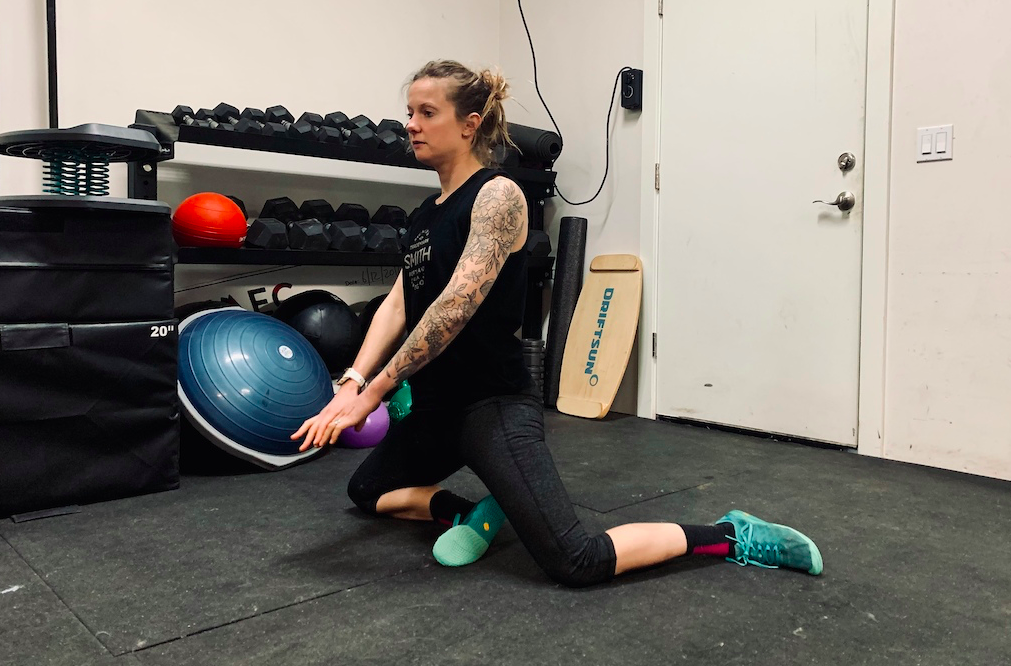
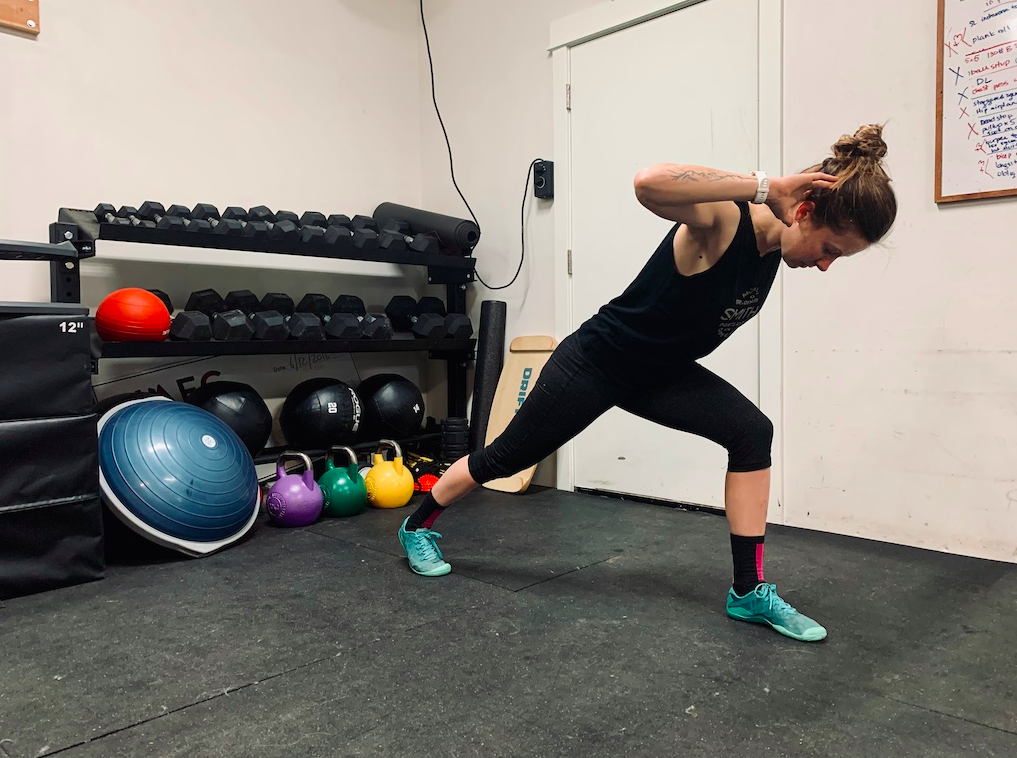
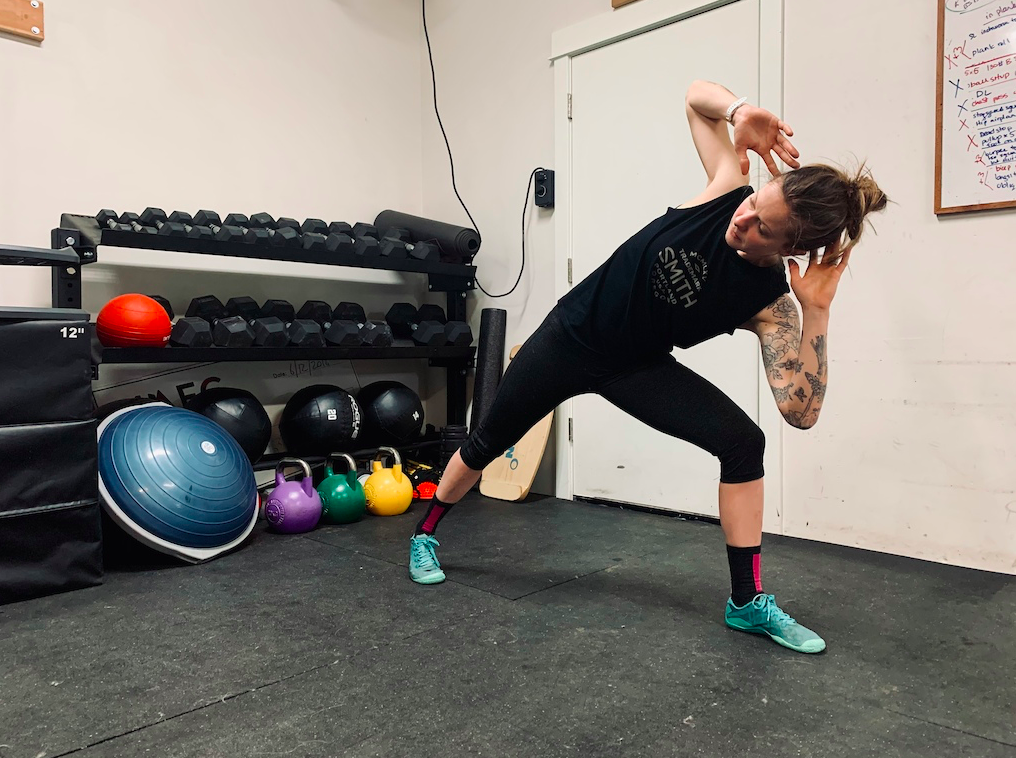
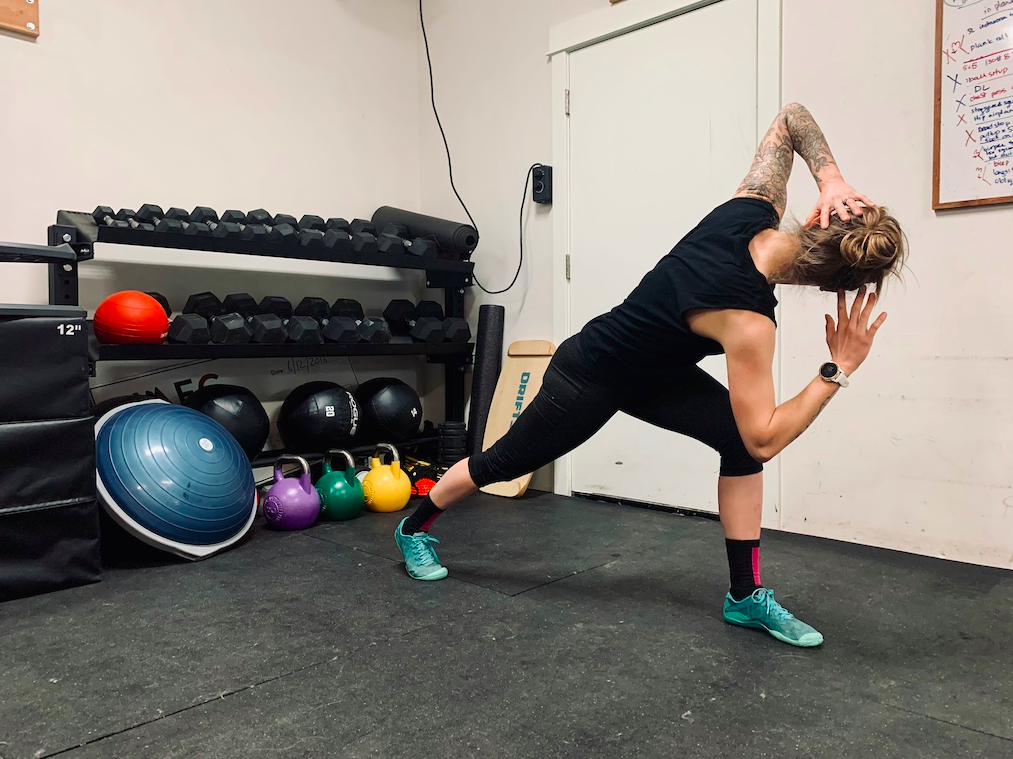
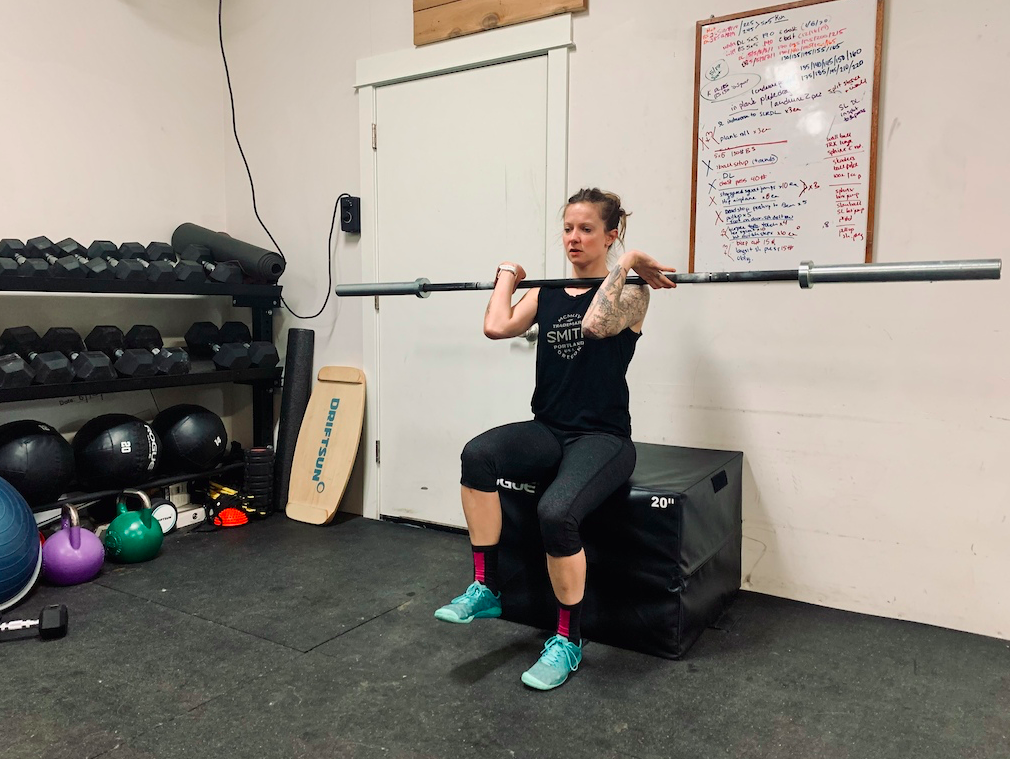
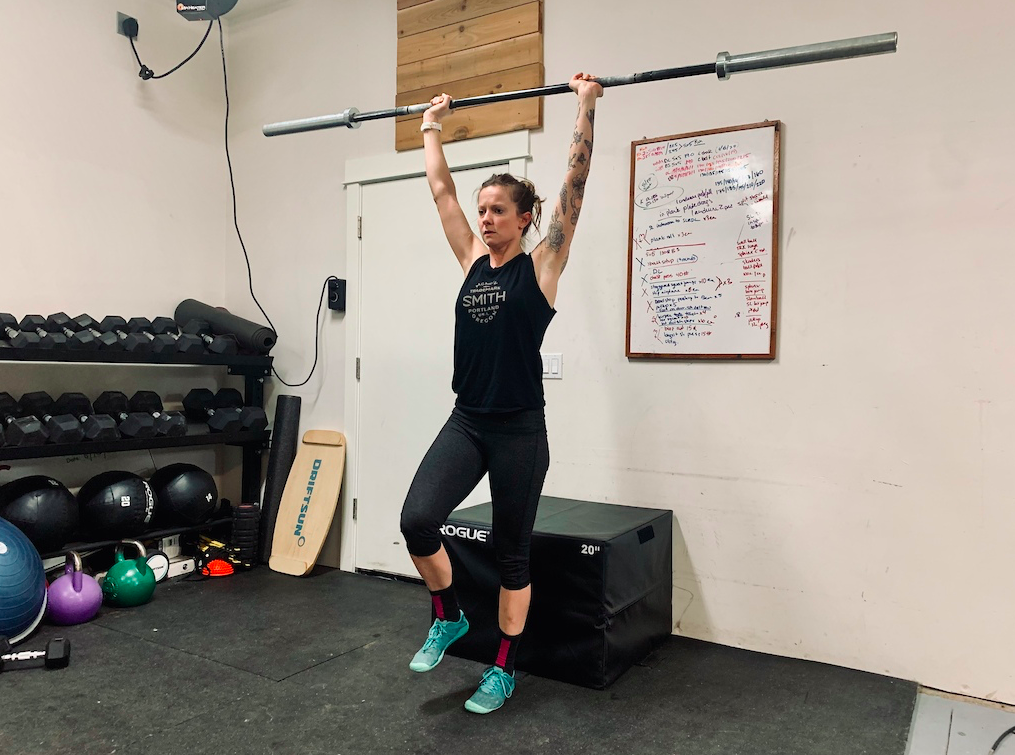
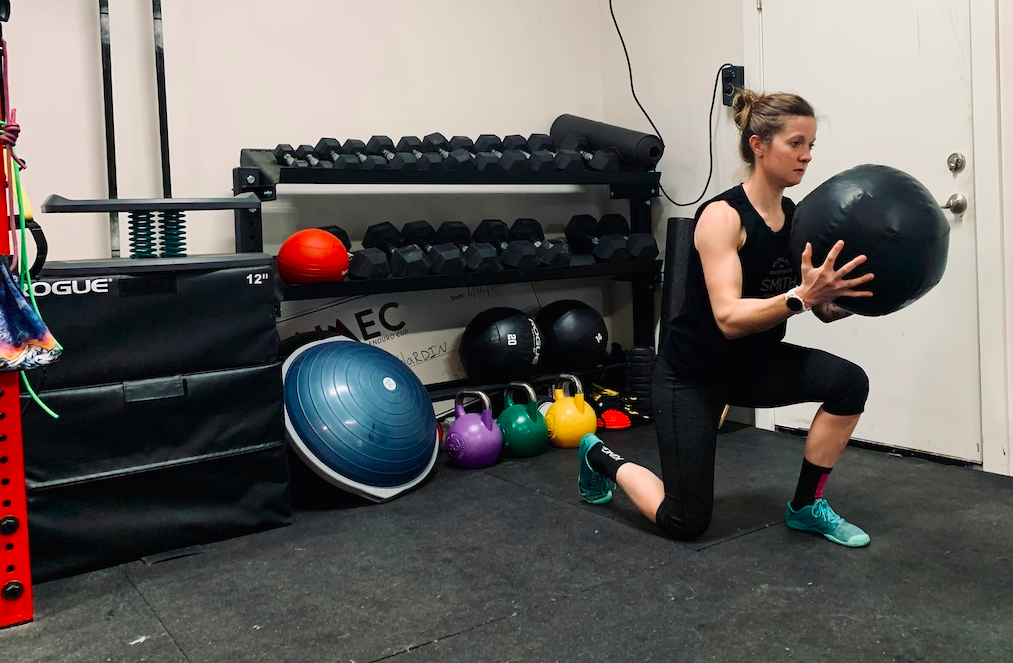
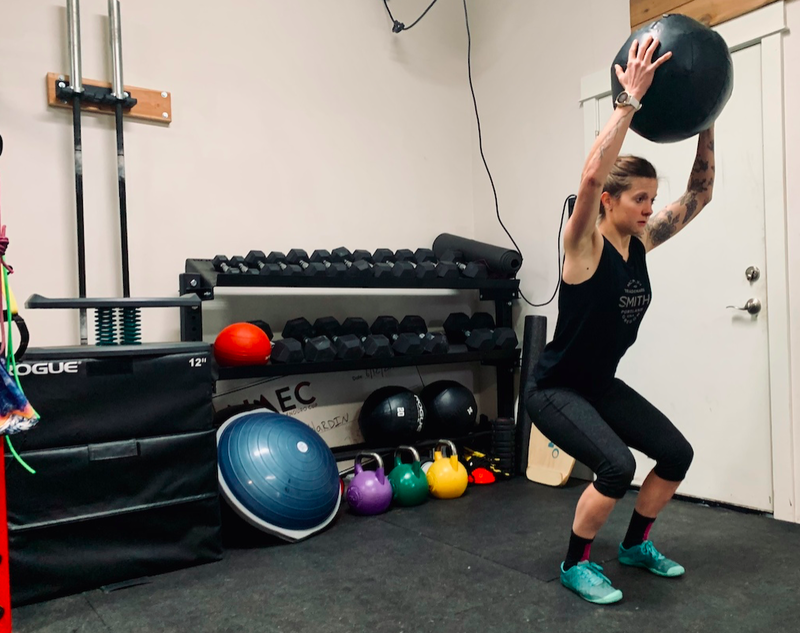

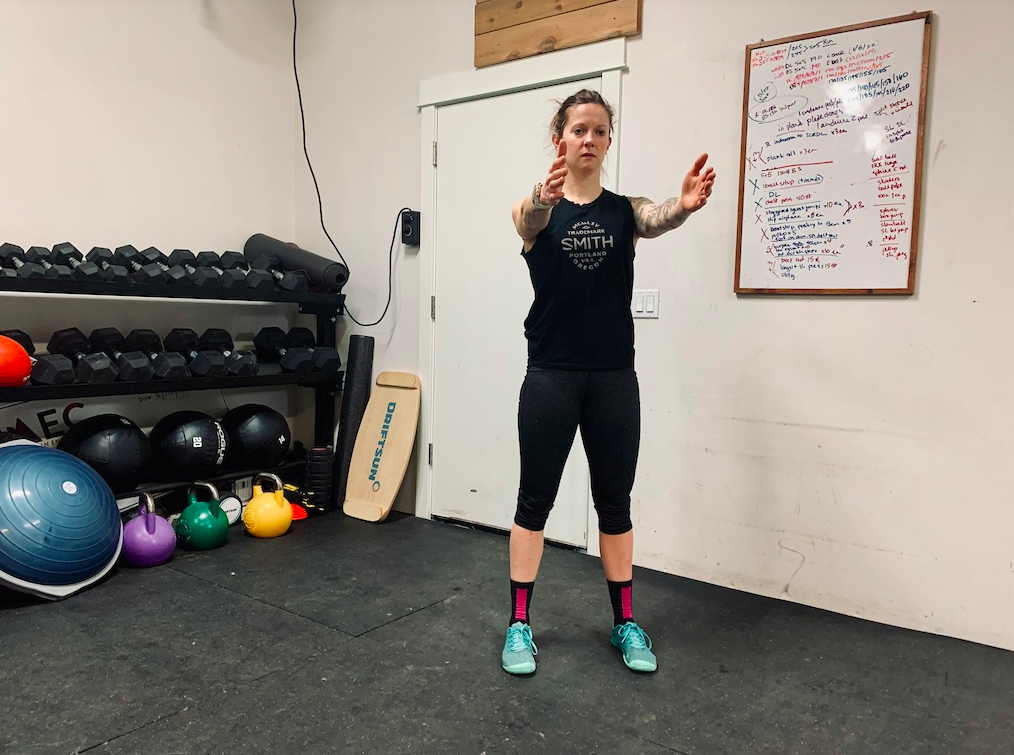
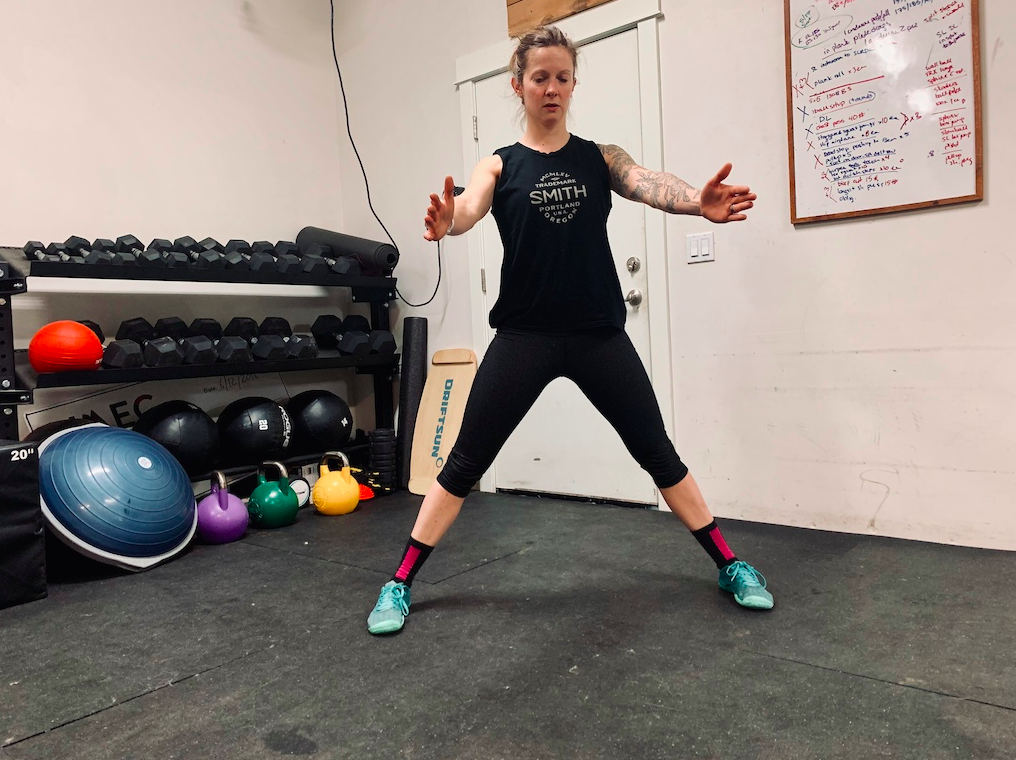
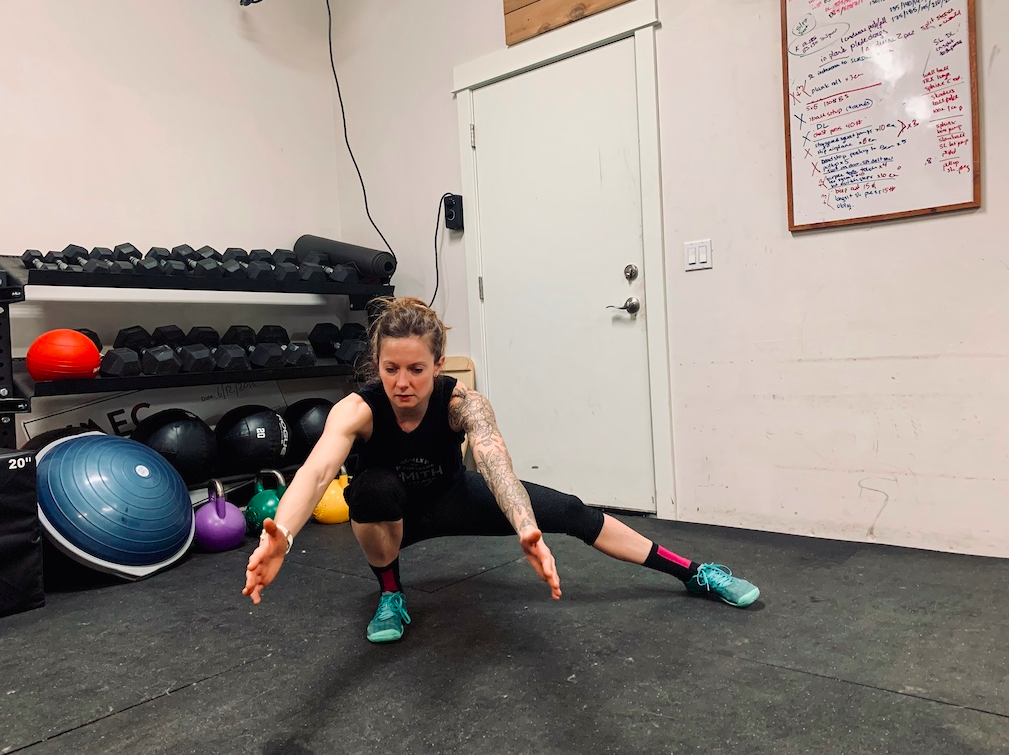

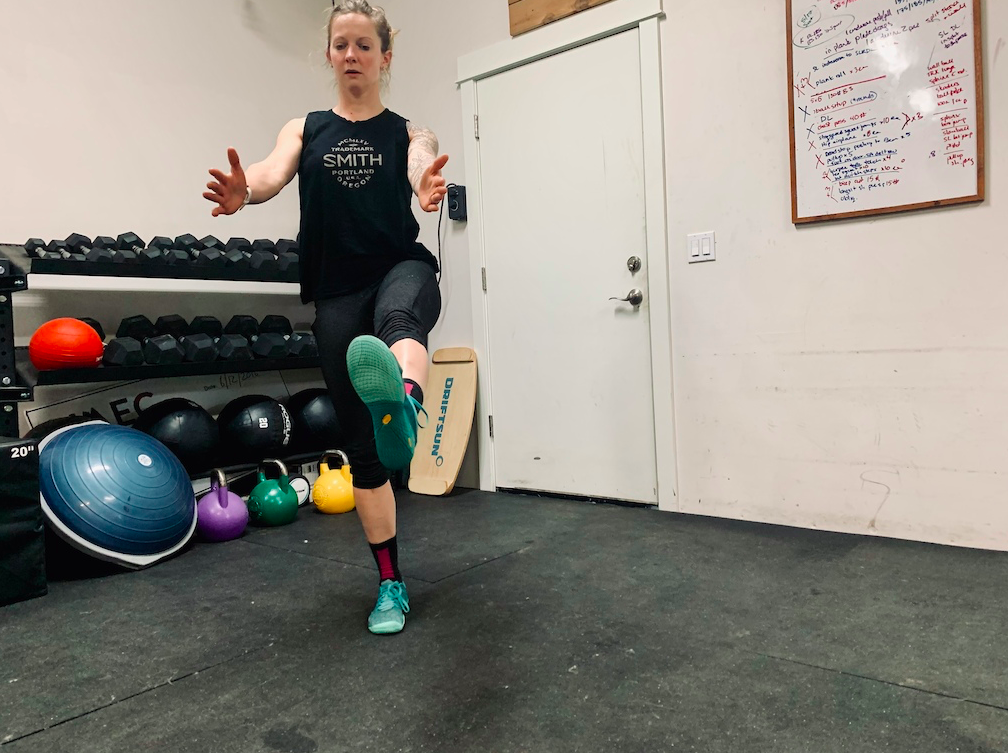
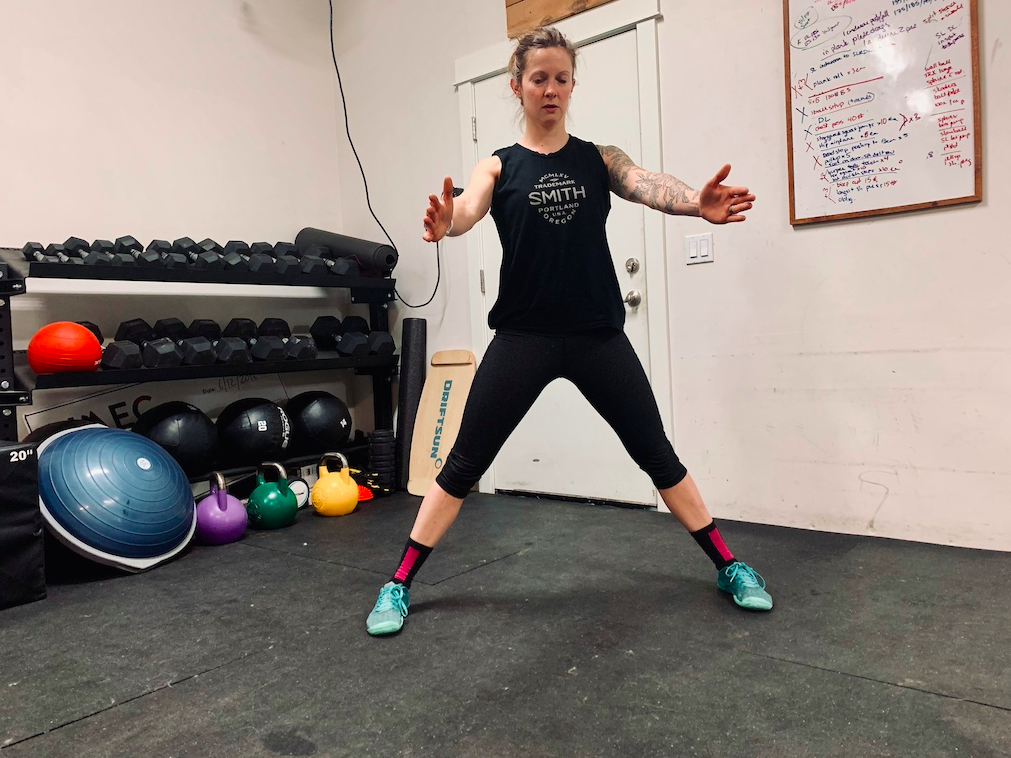
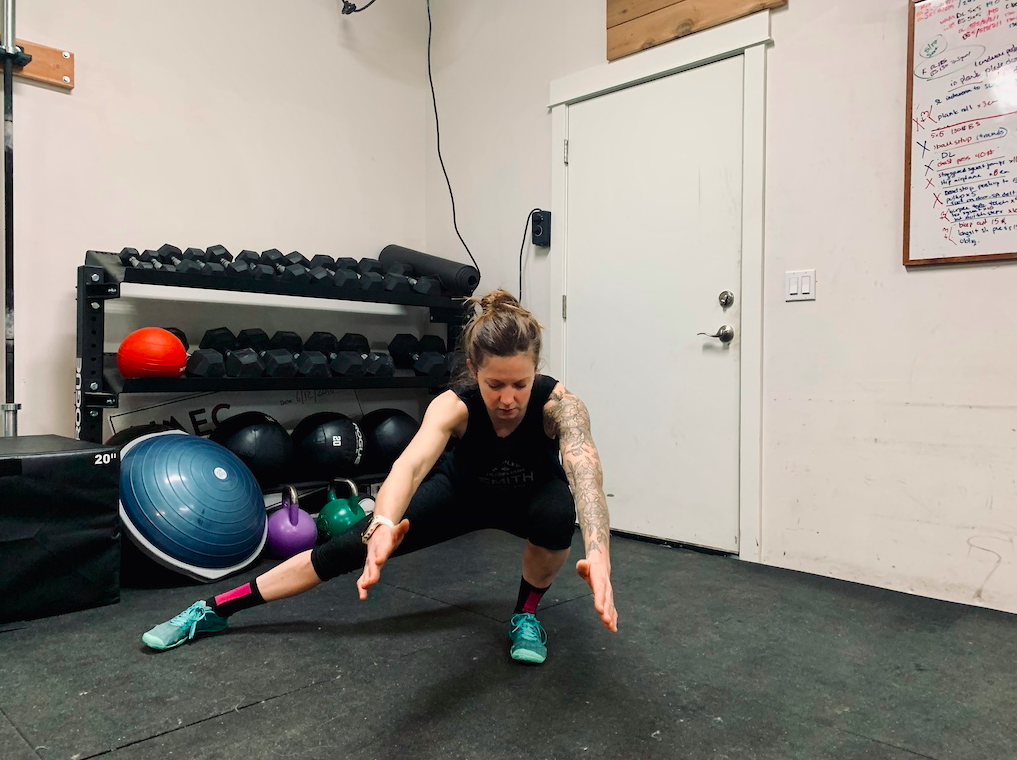
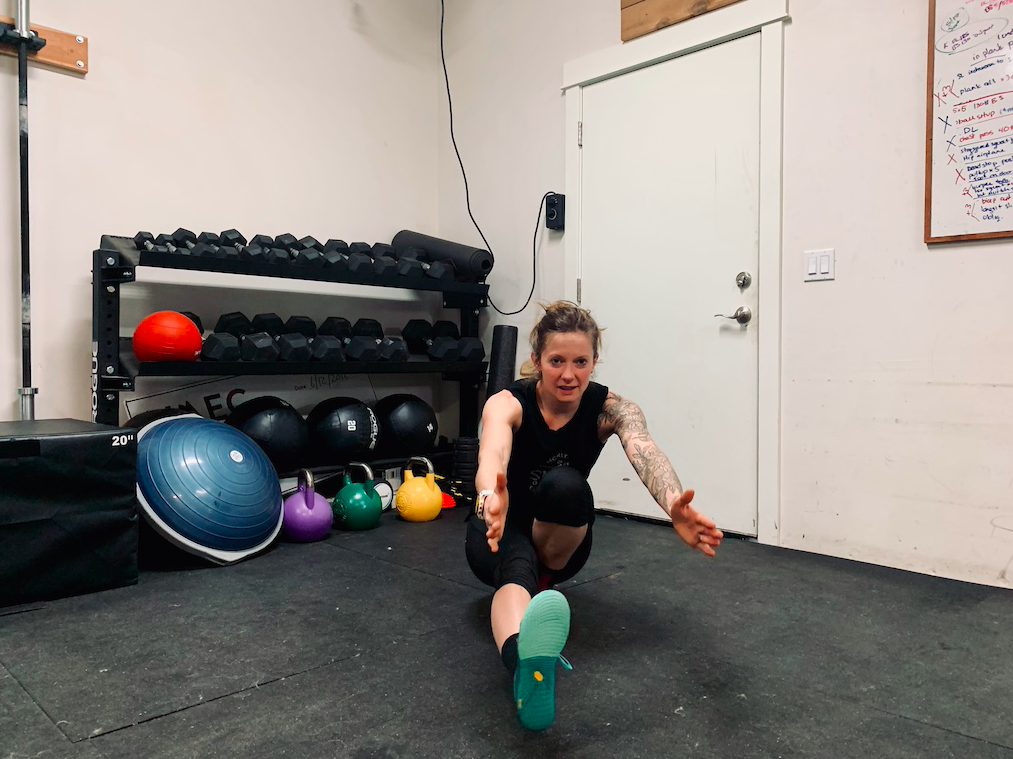
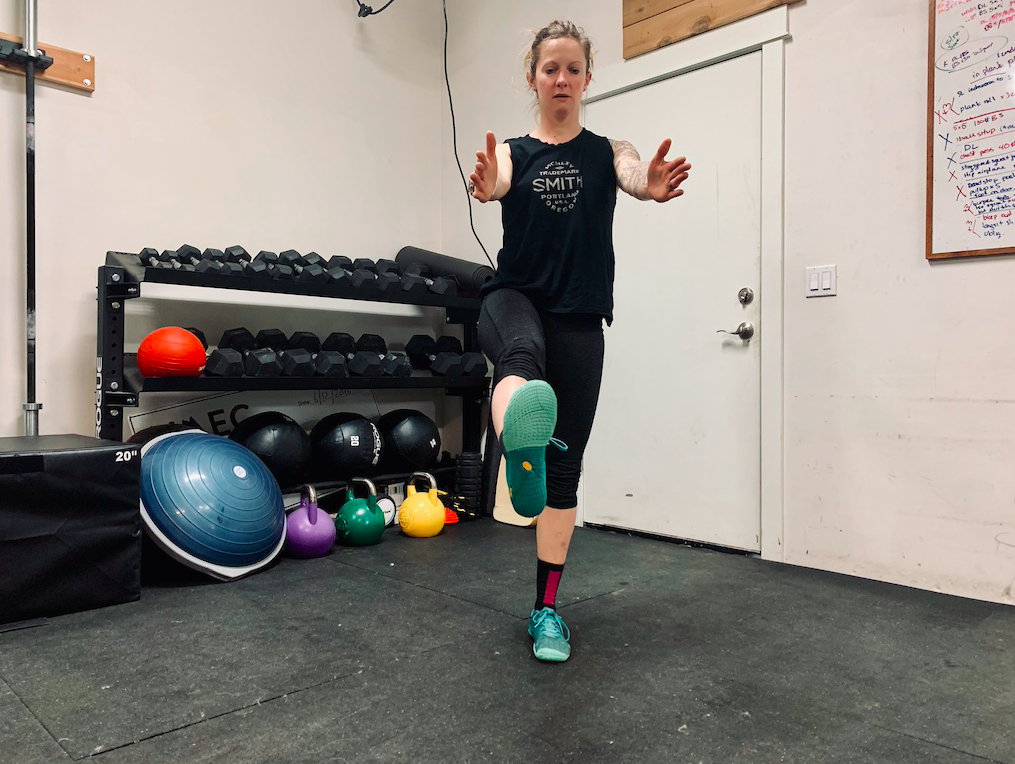
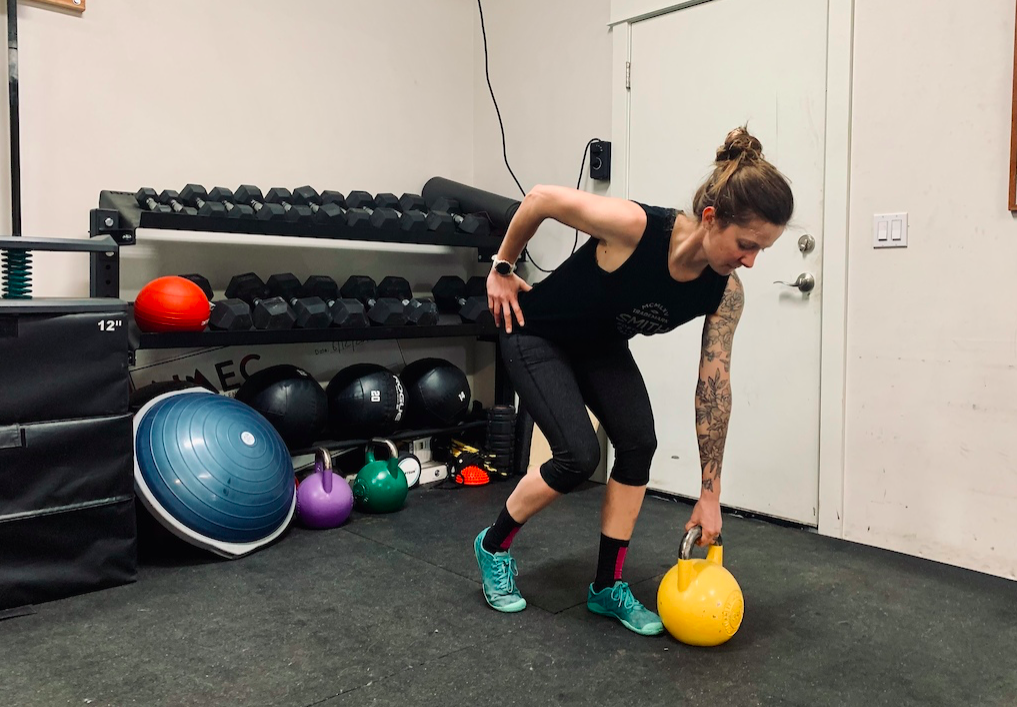
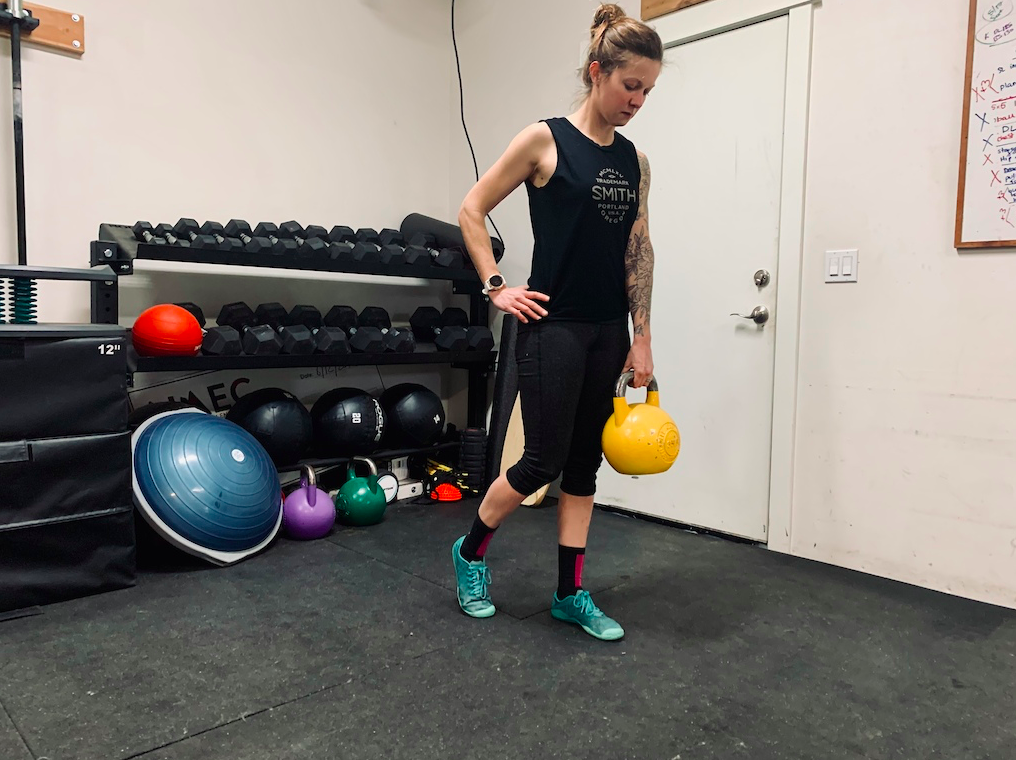
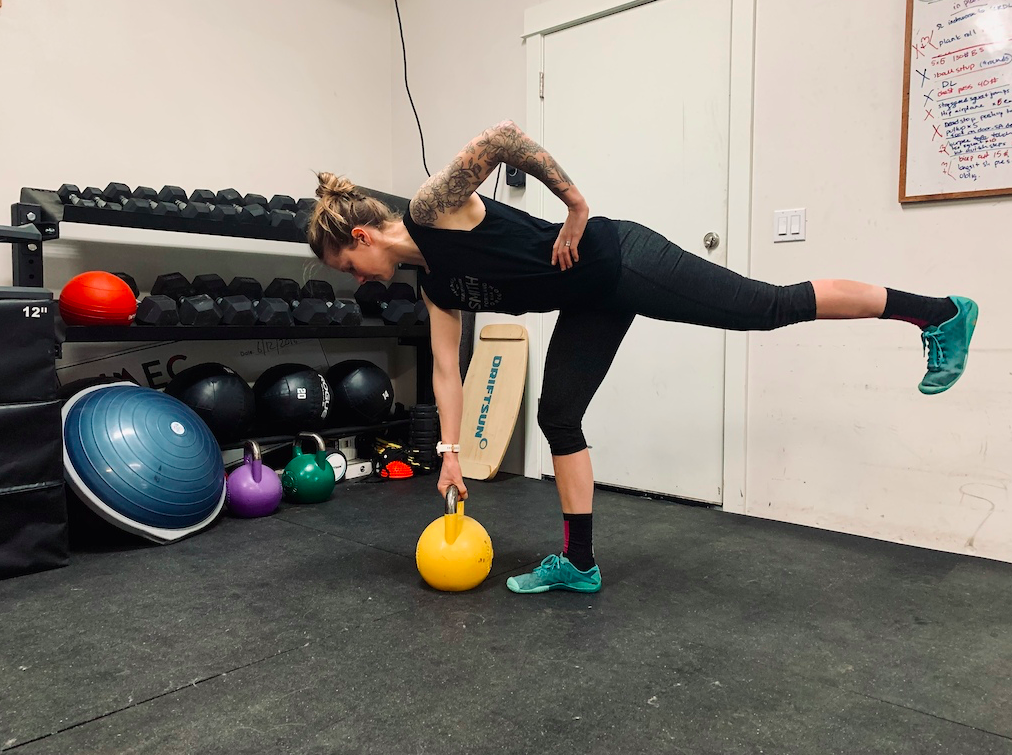
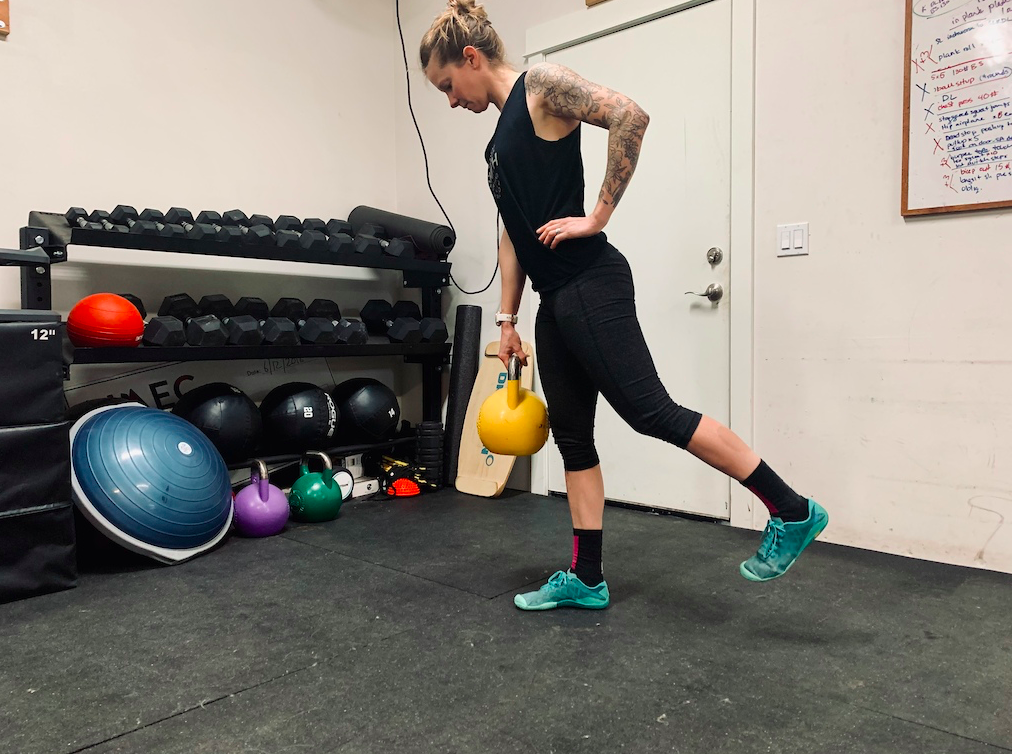
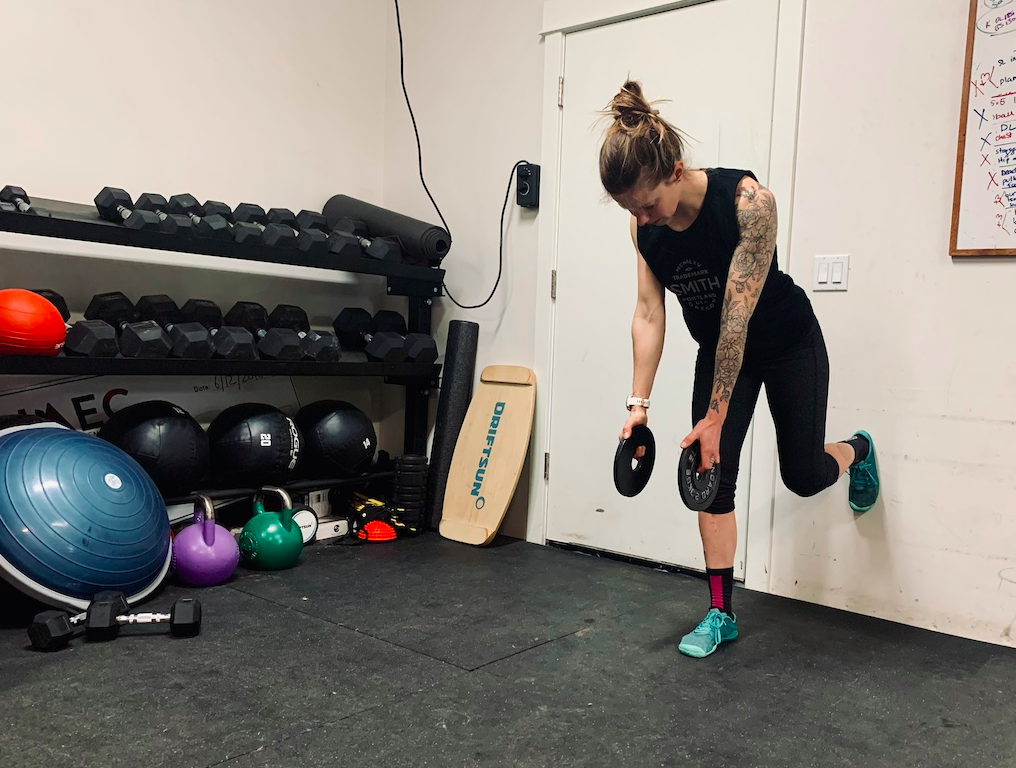
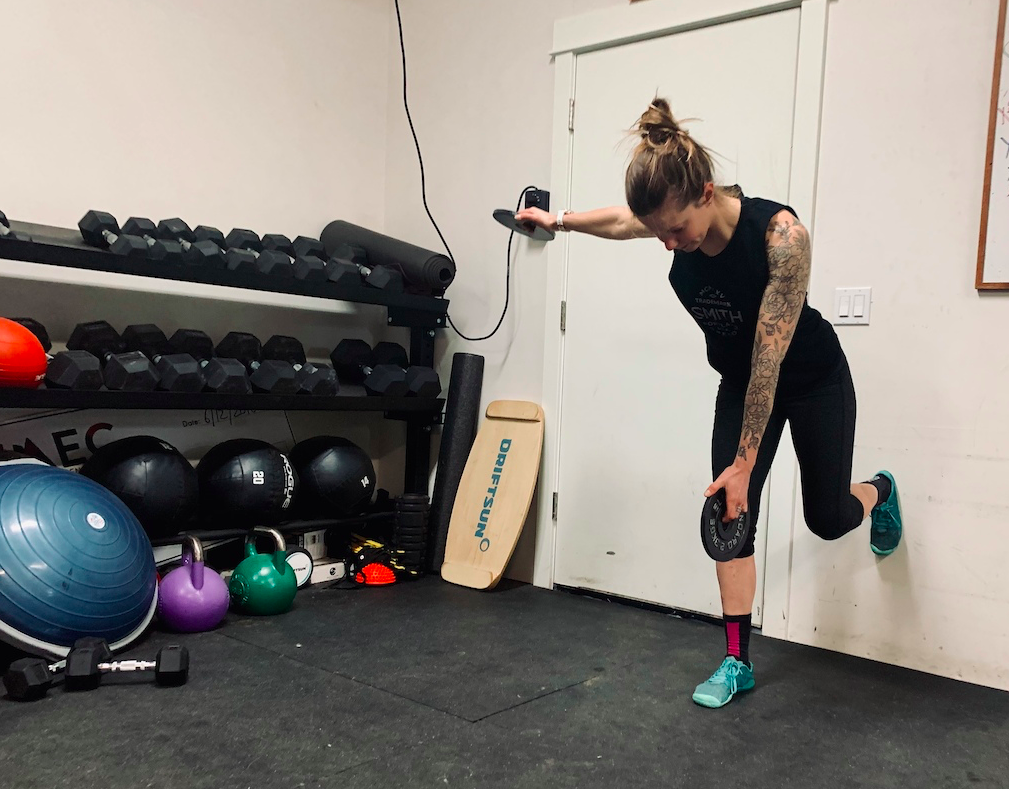
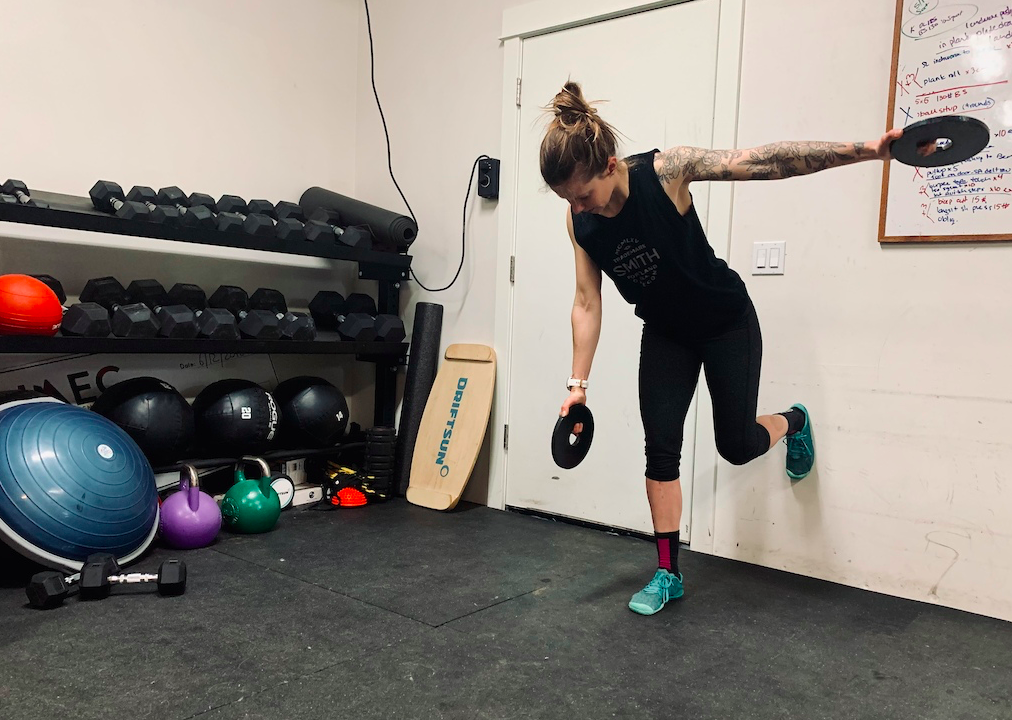
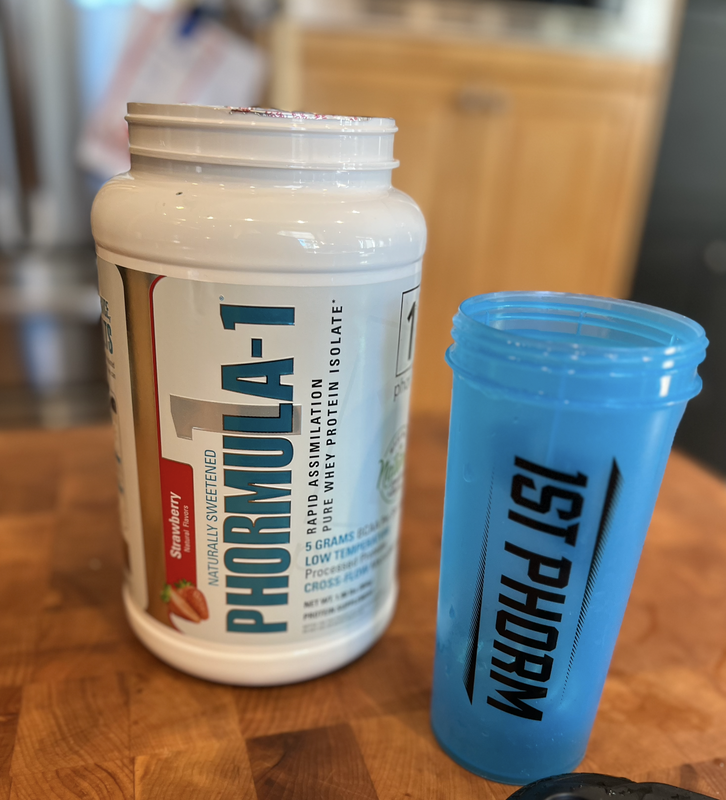
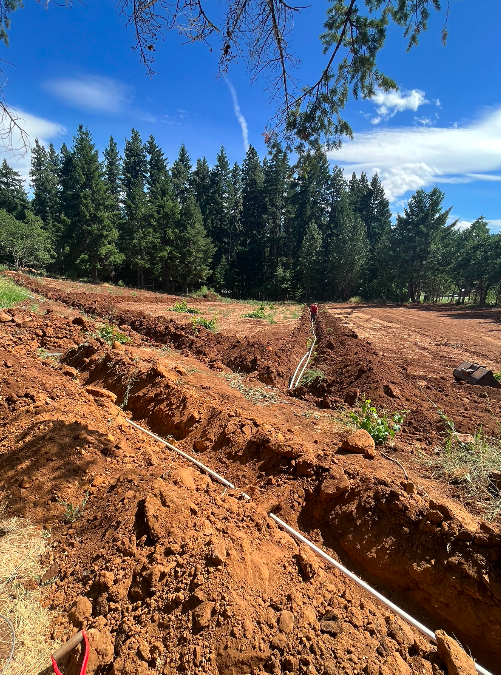
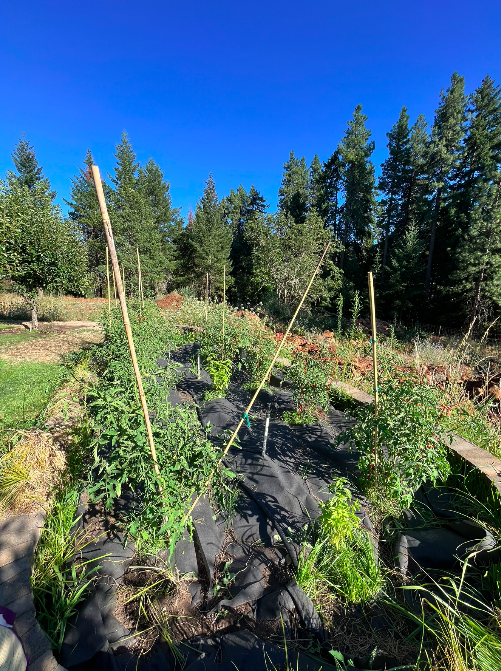
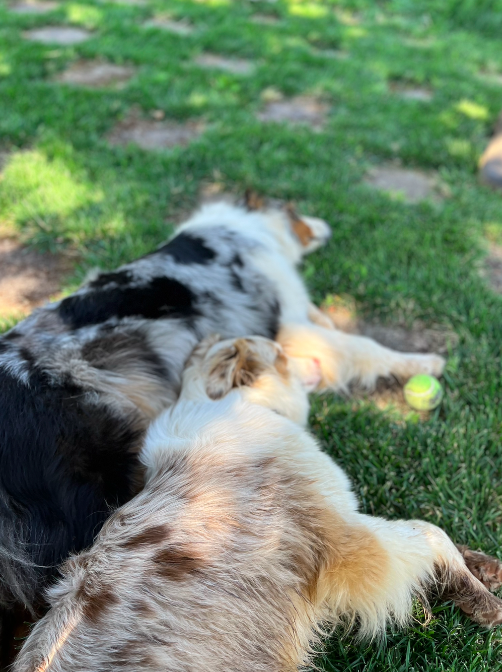
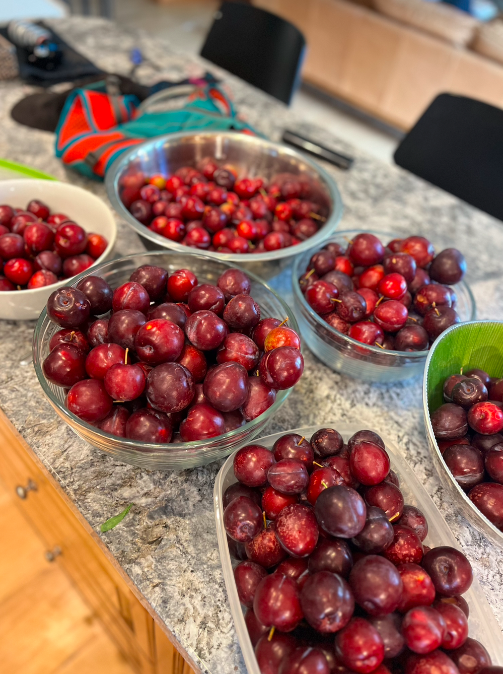
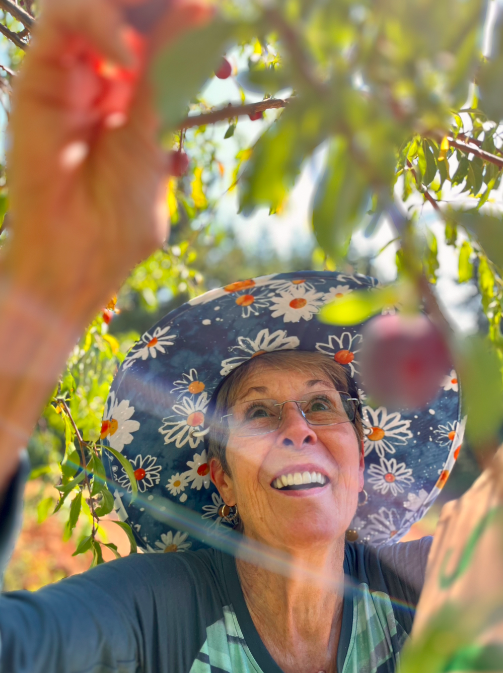
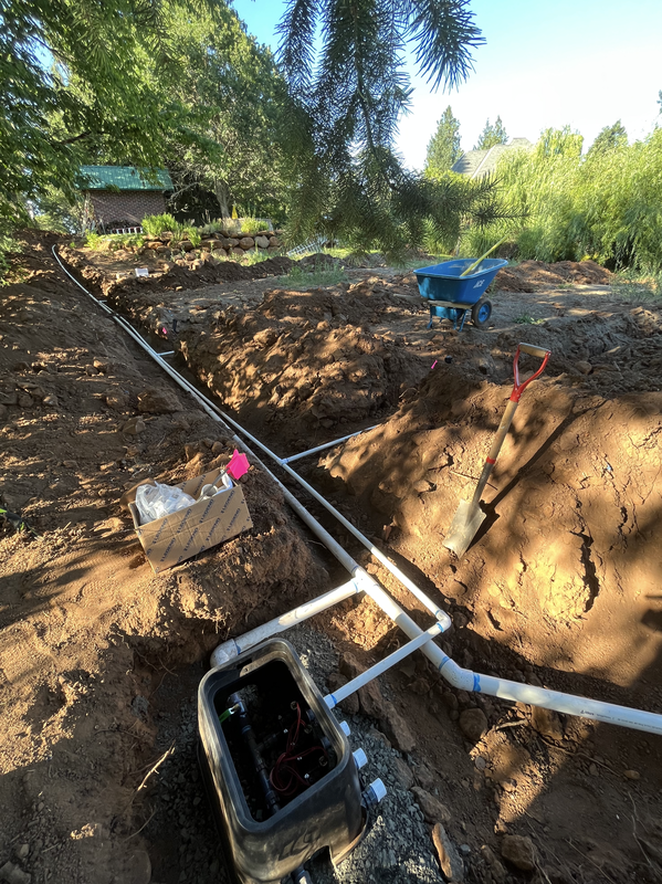
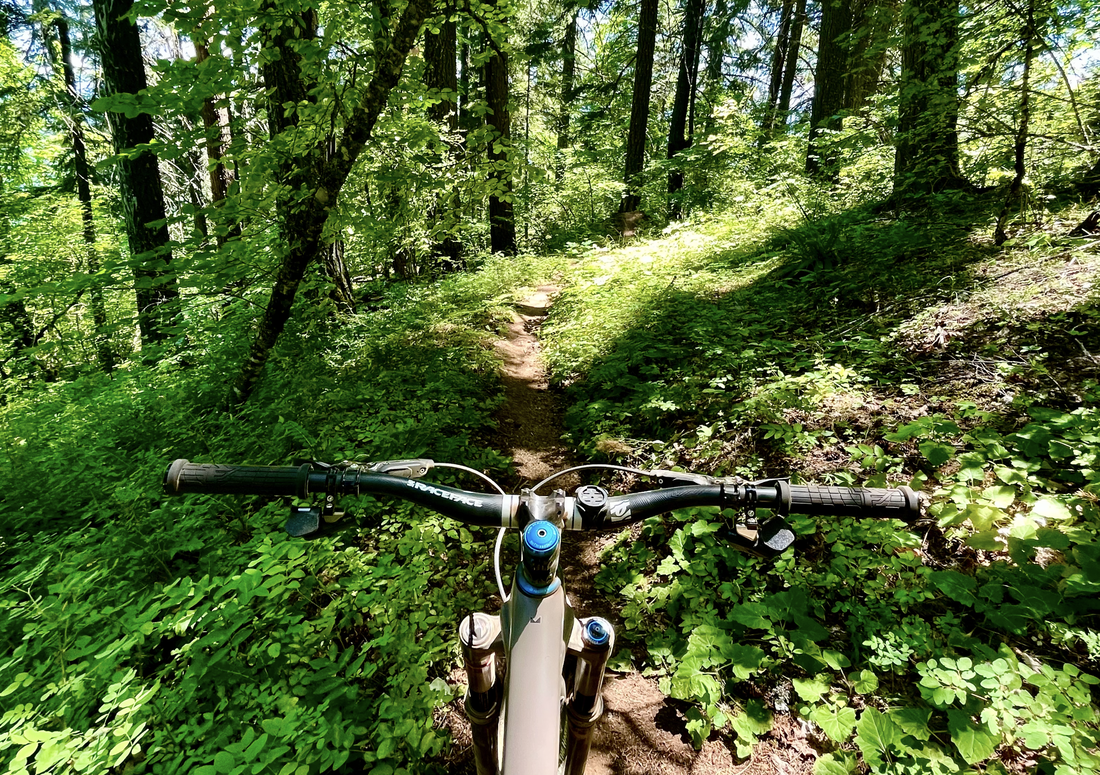

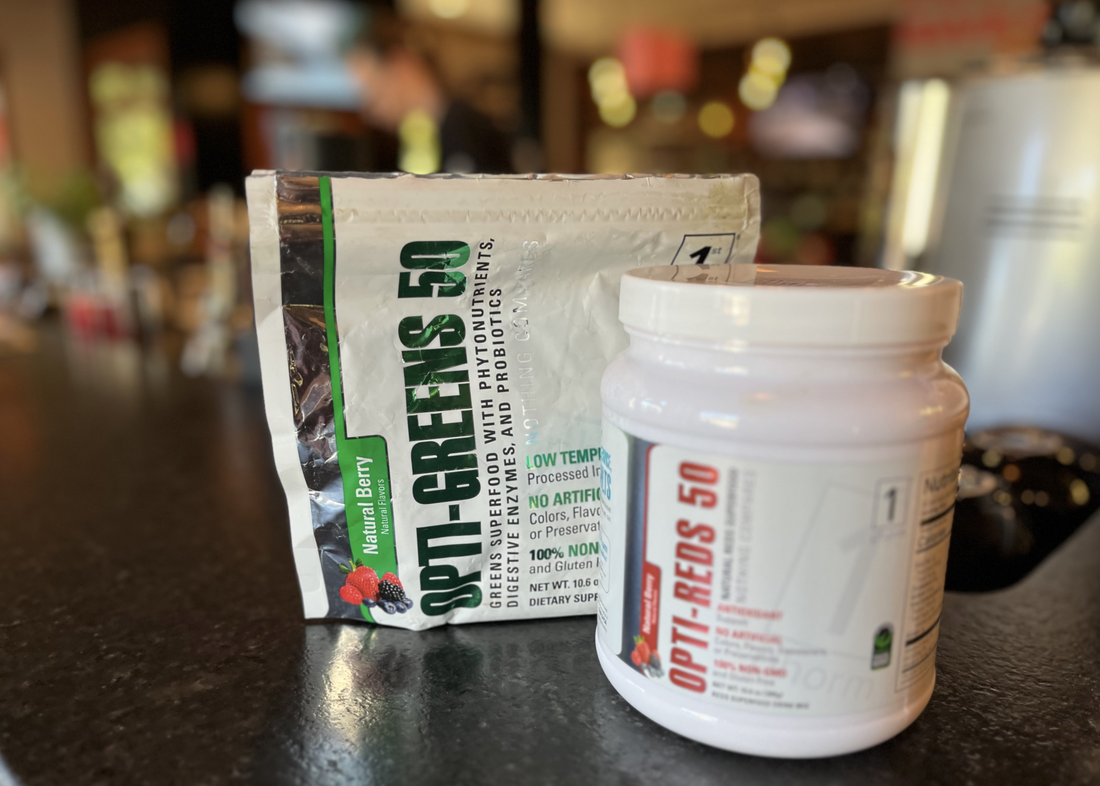
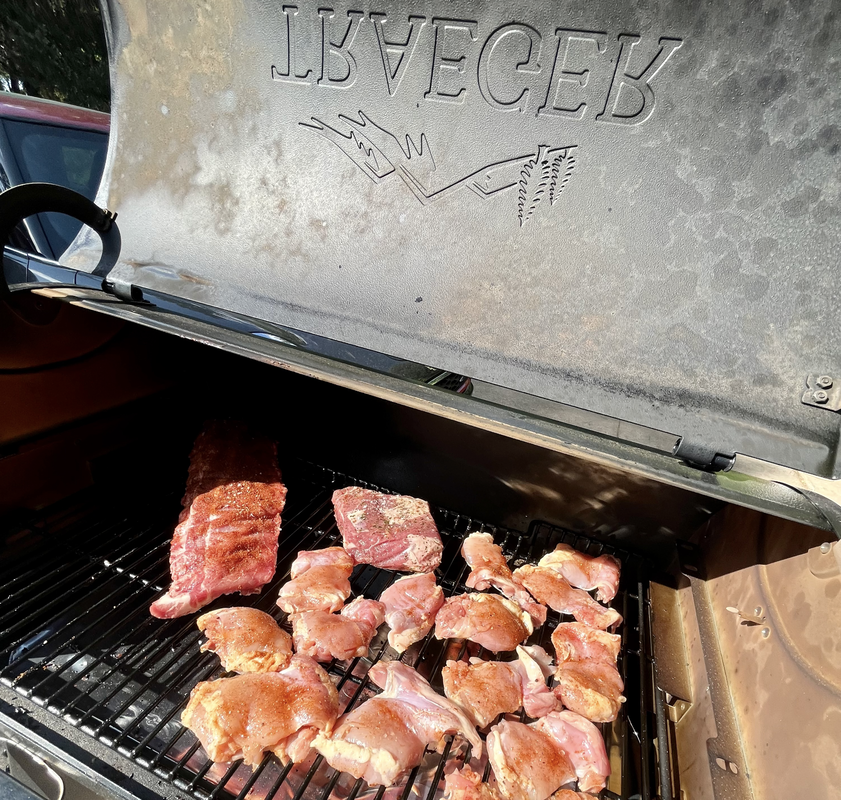
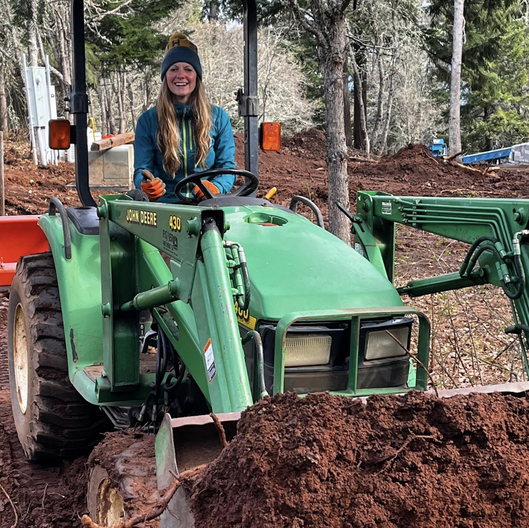
 RSS Feed
RSS Feed